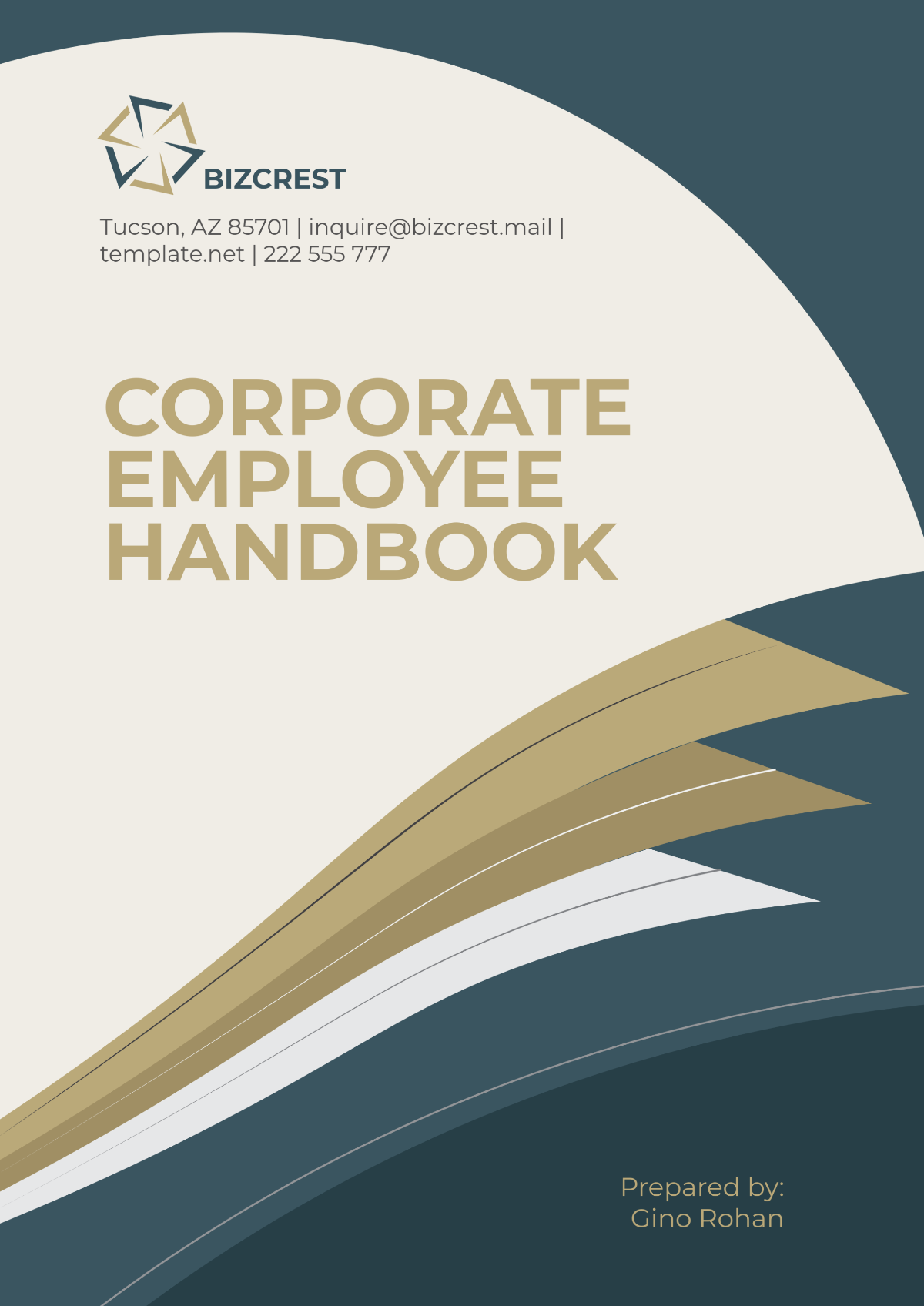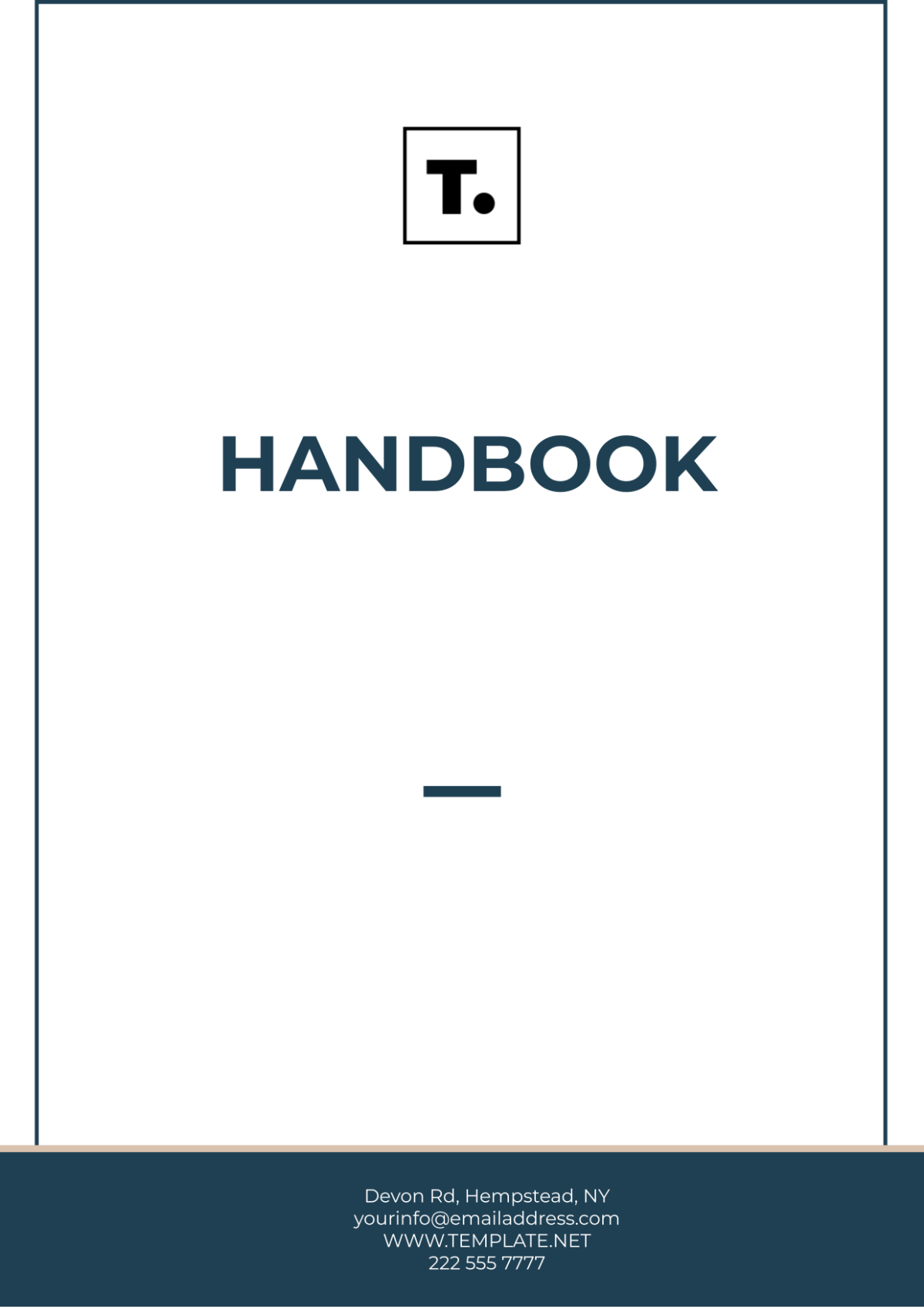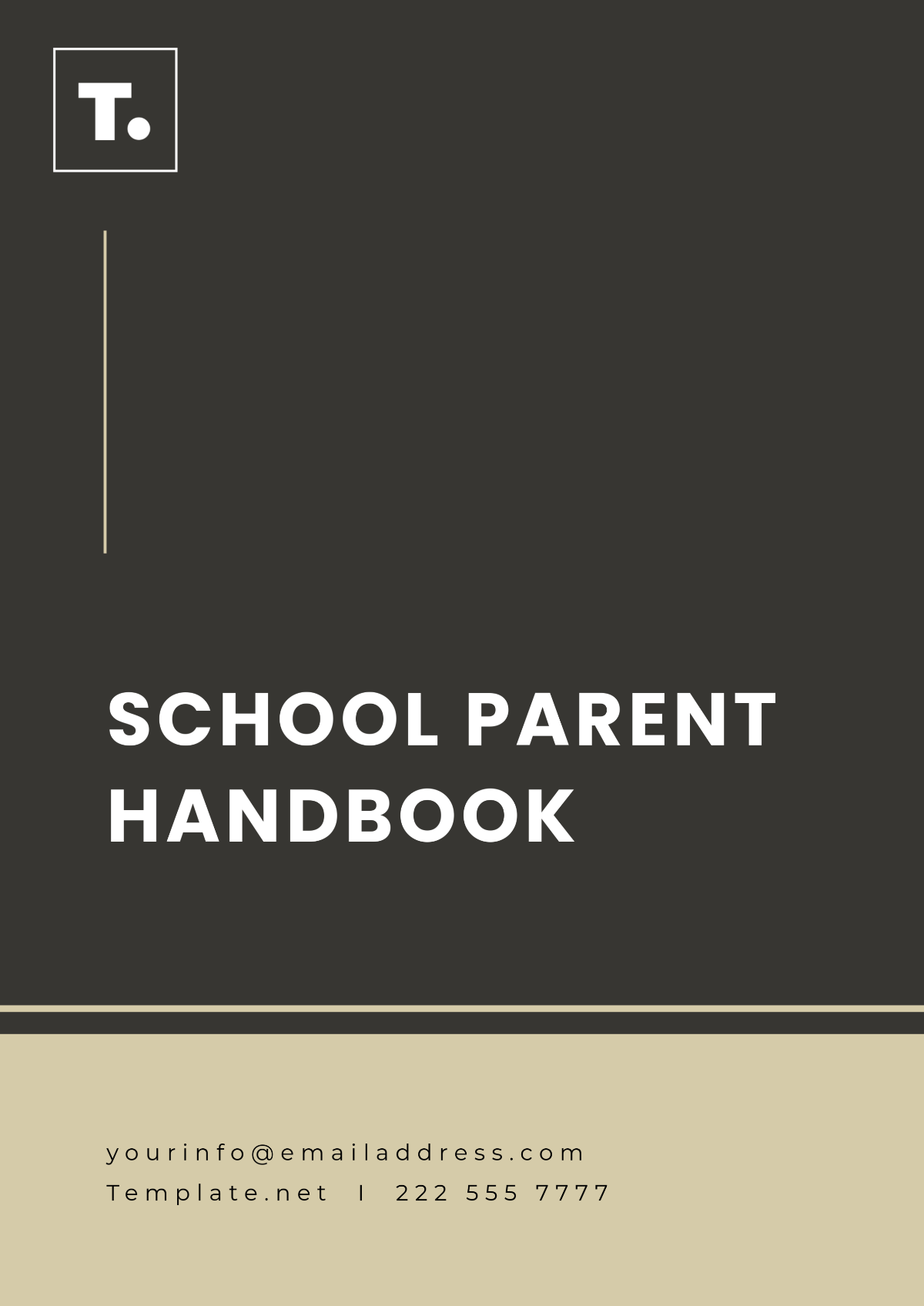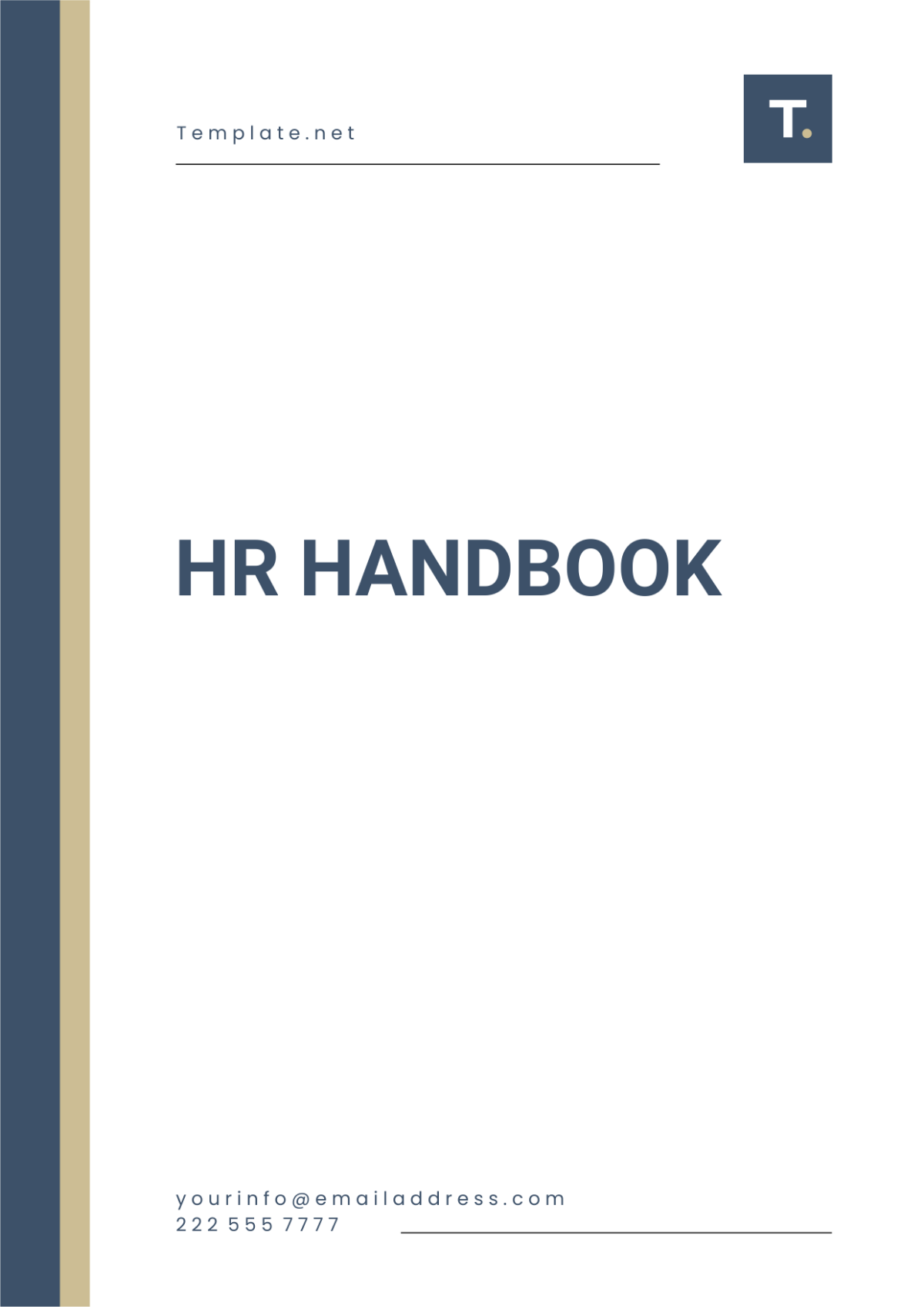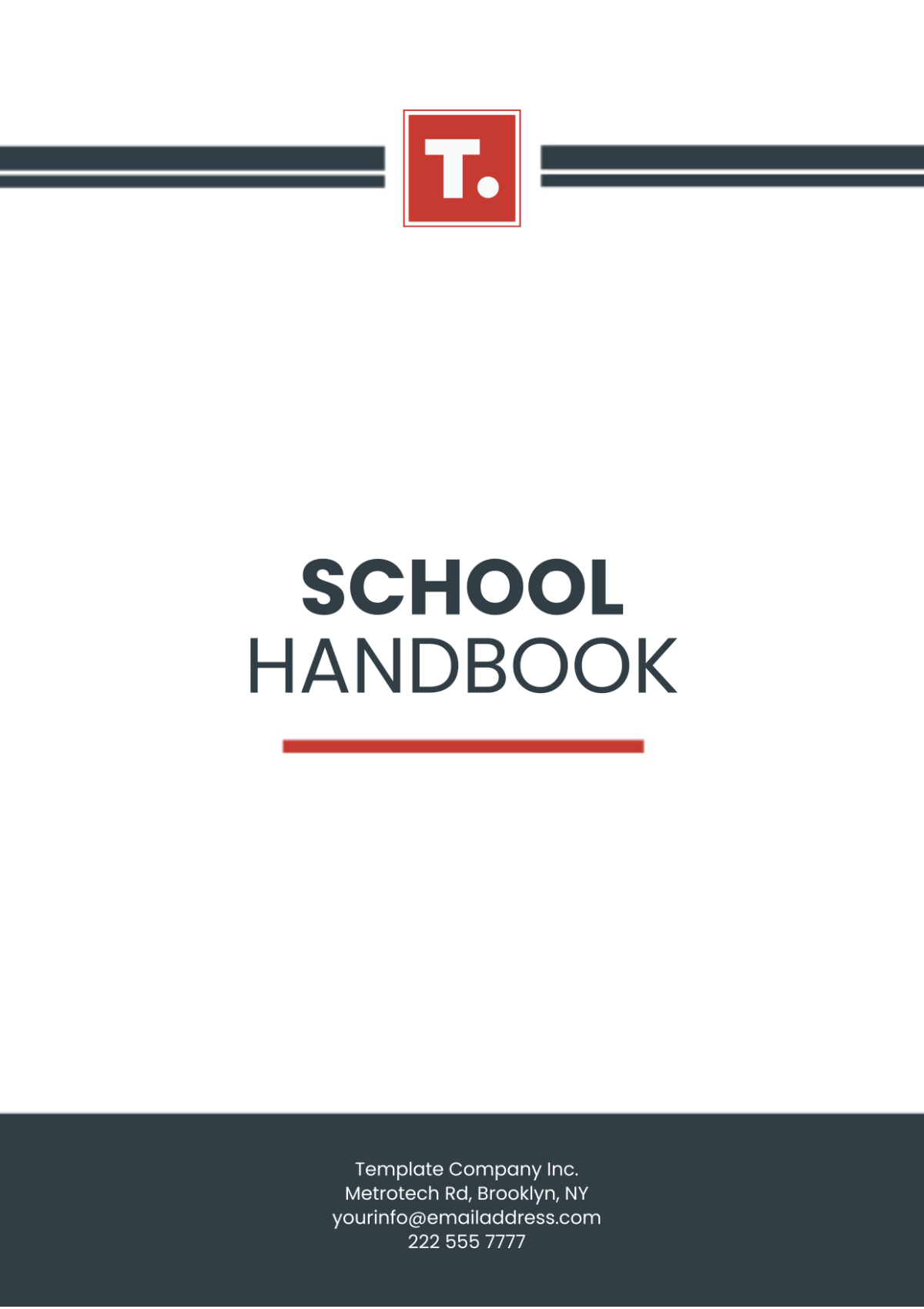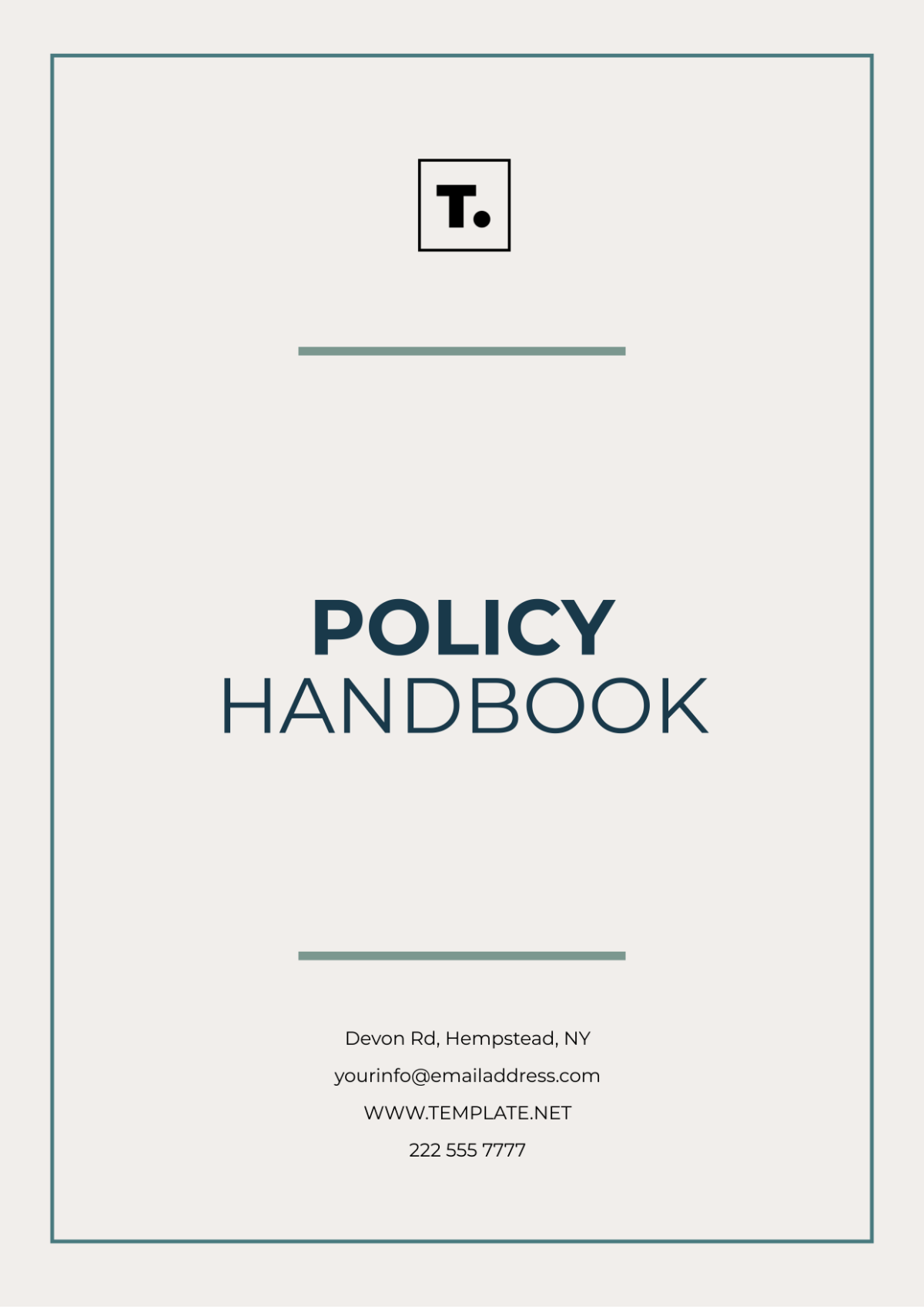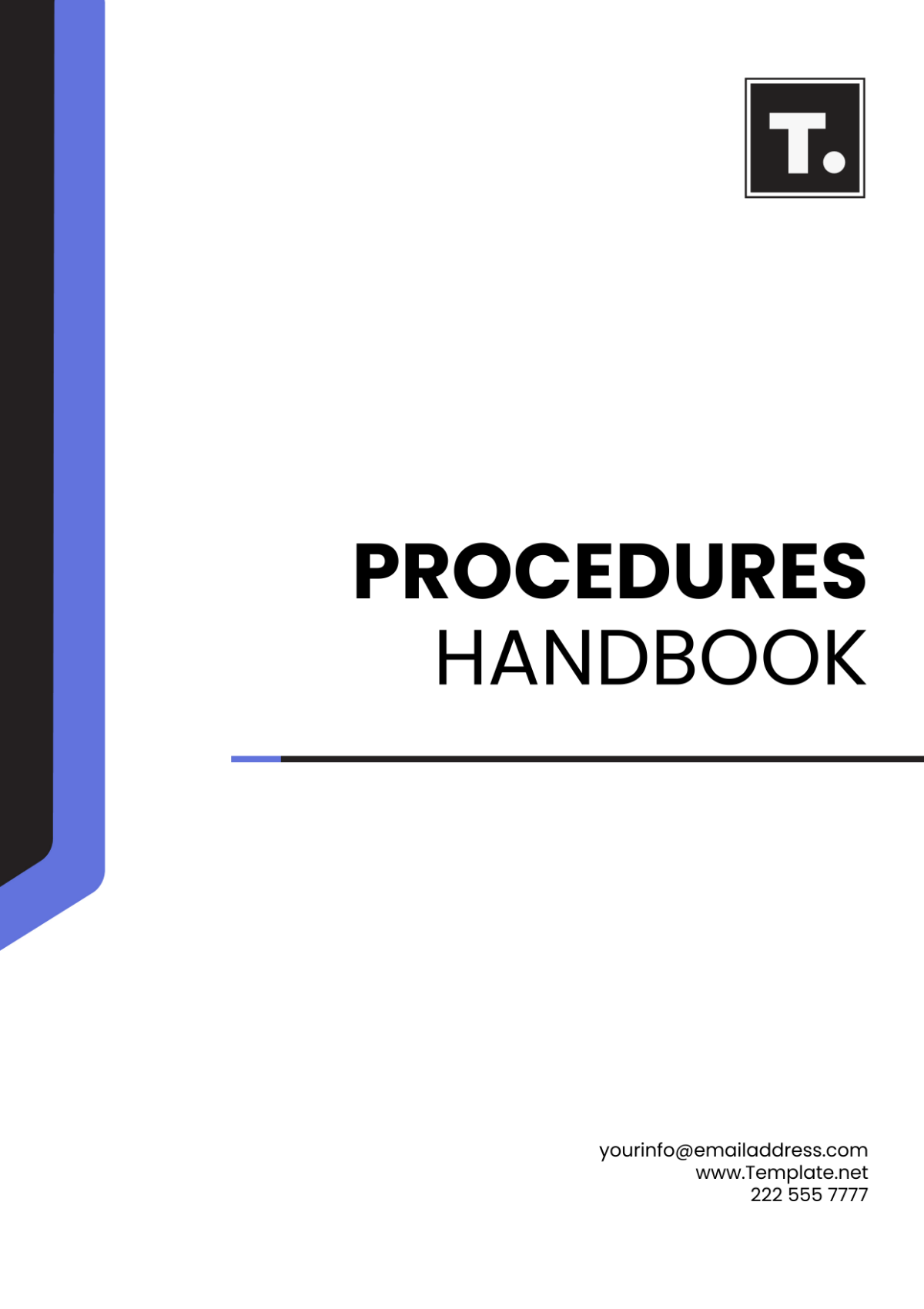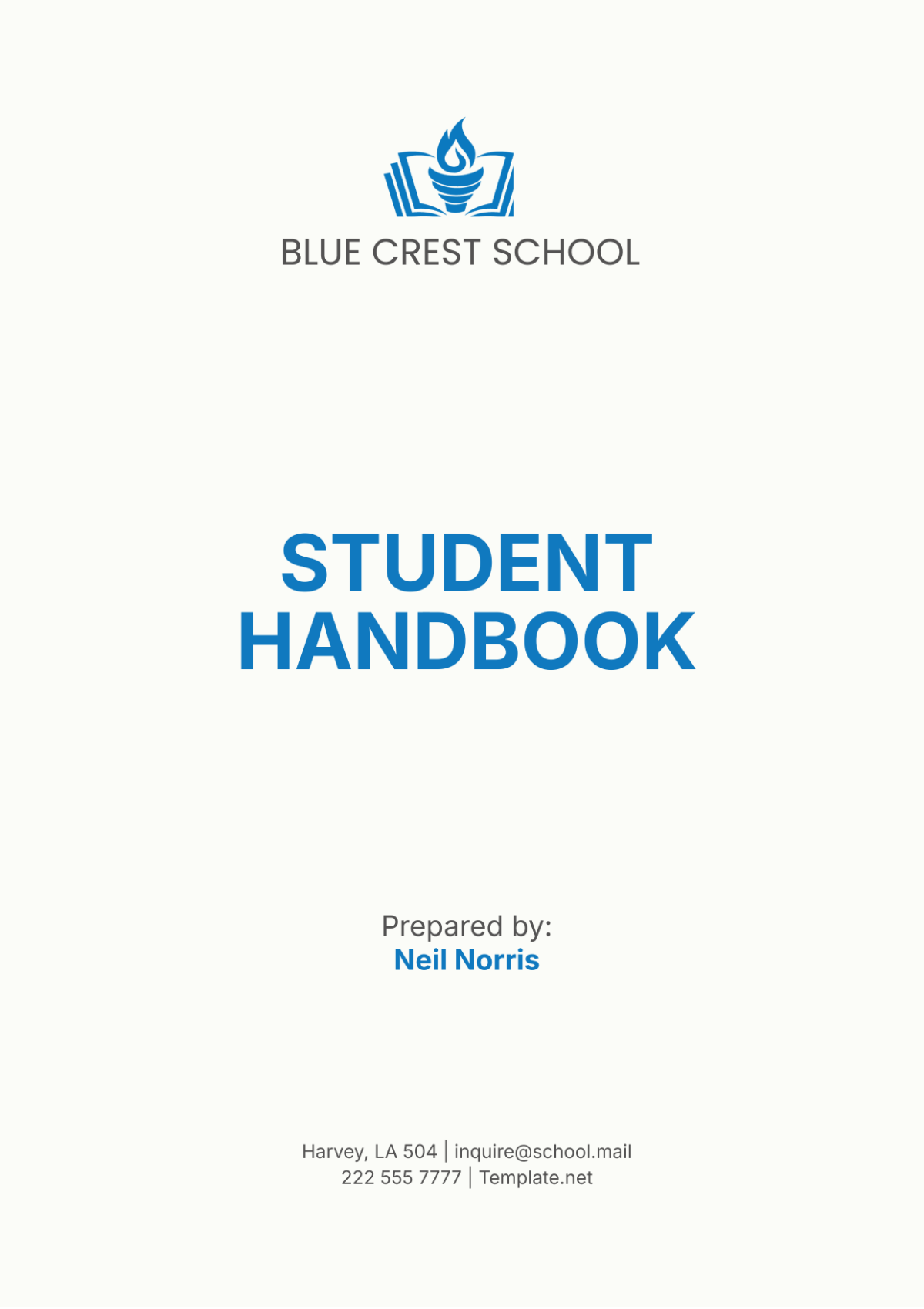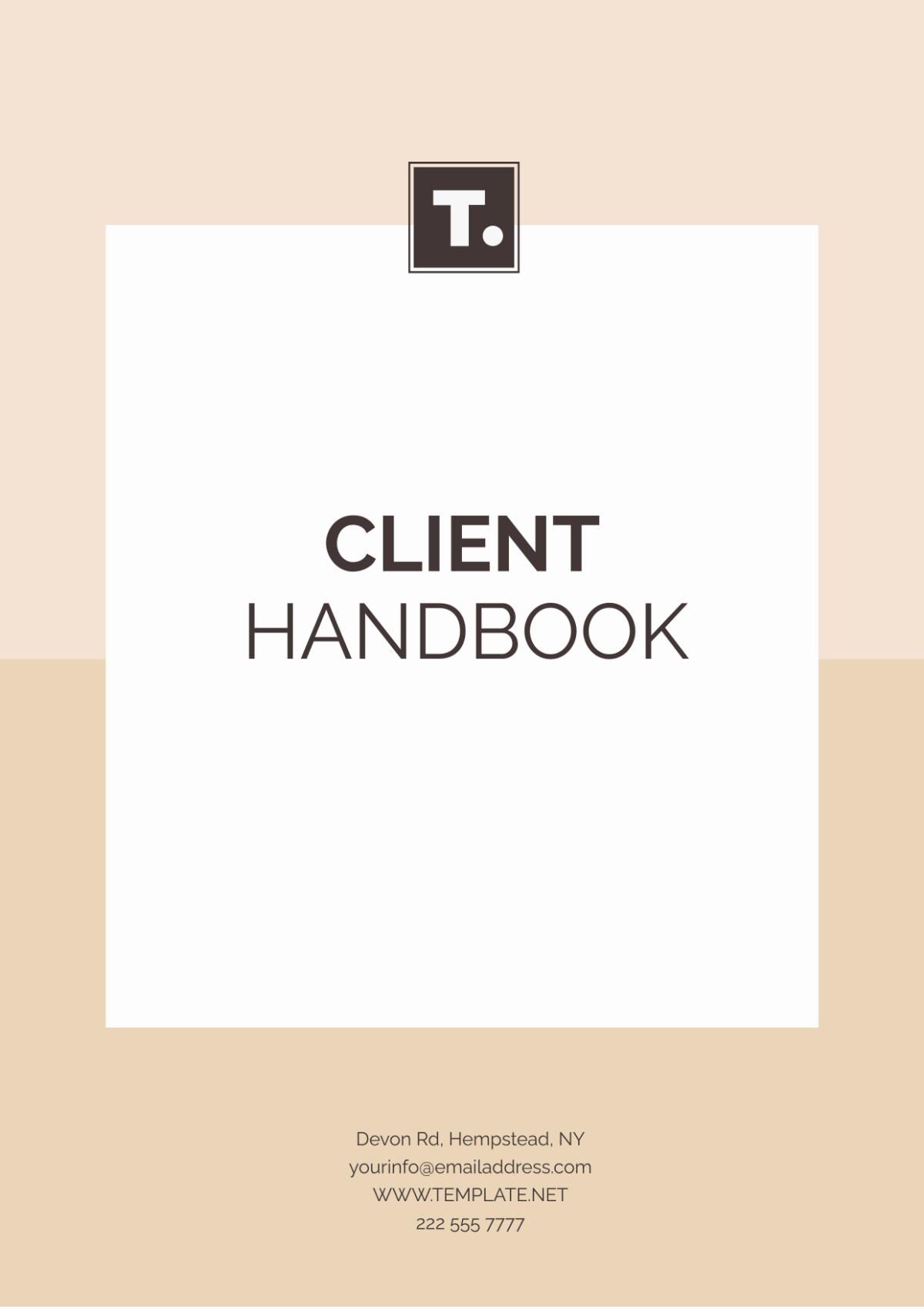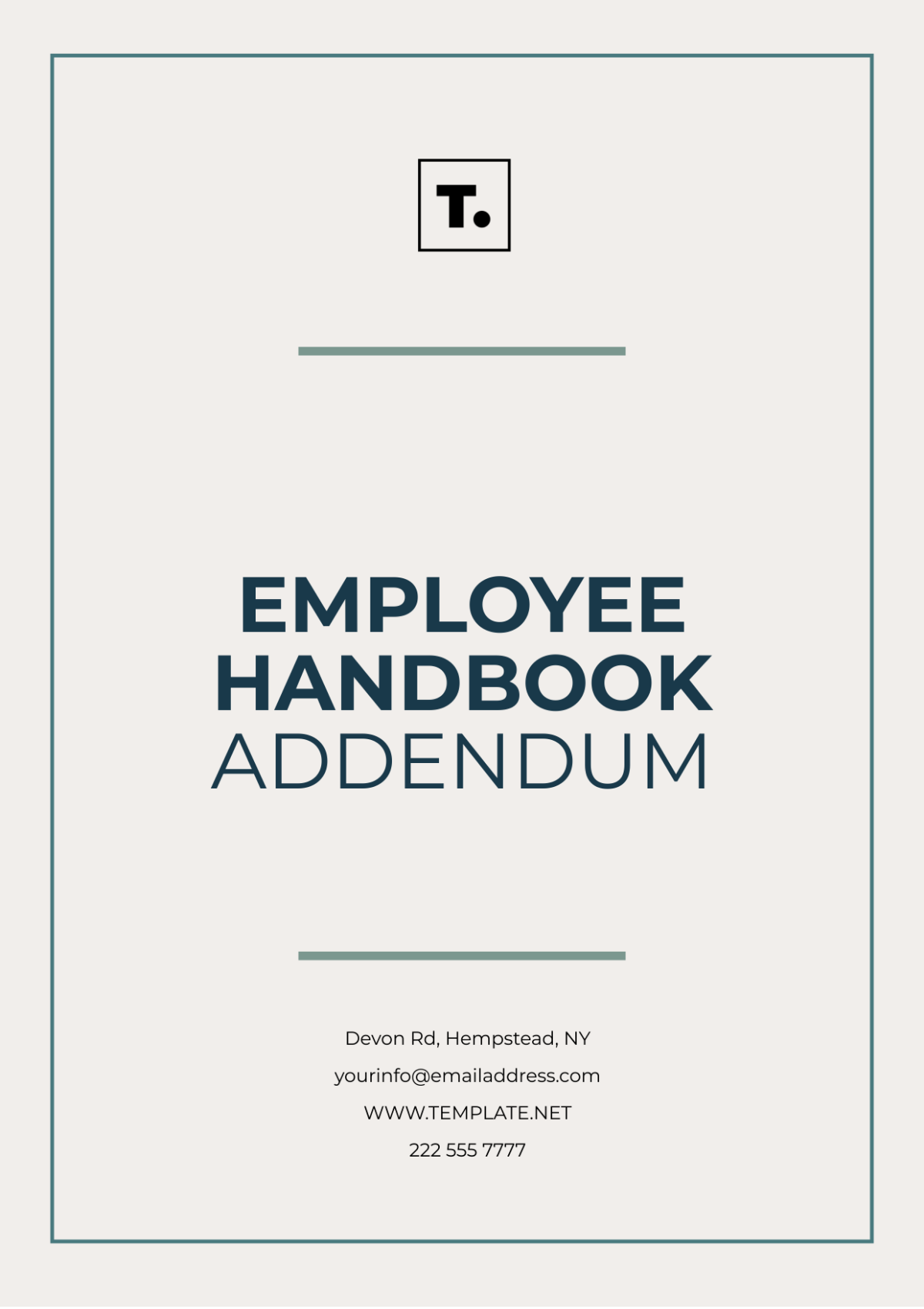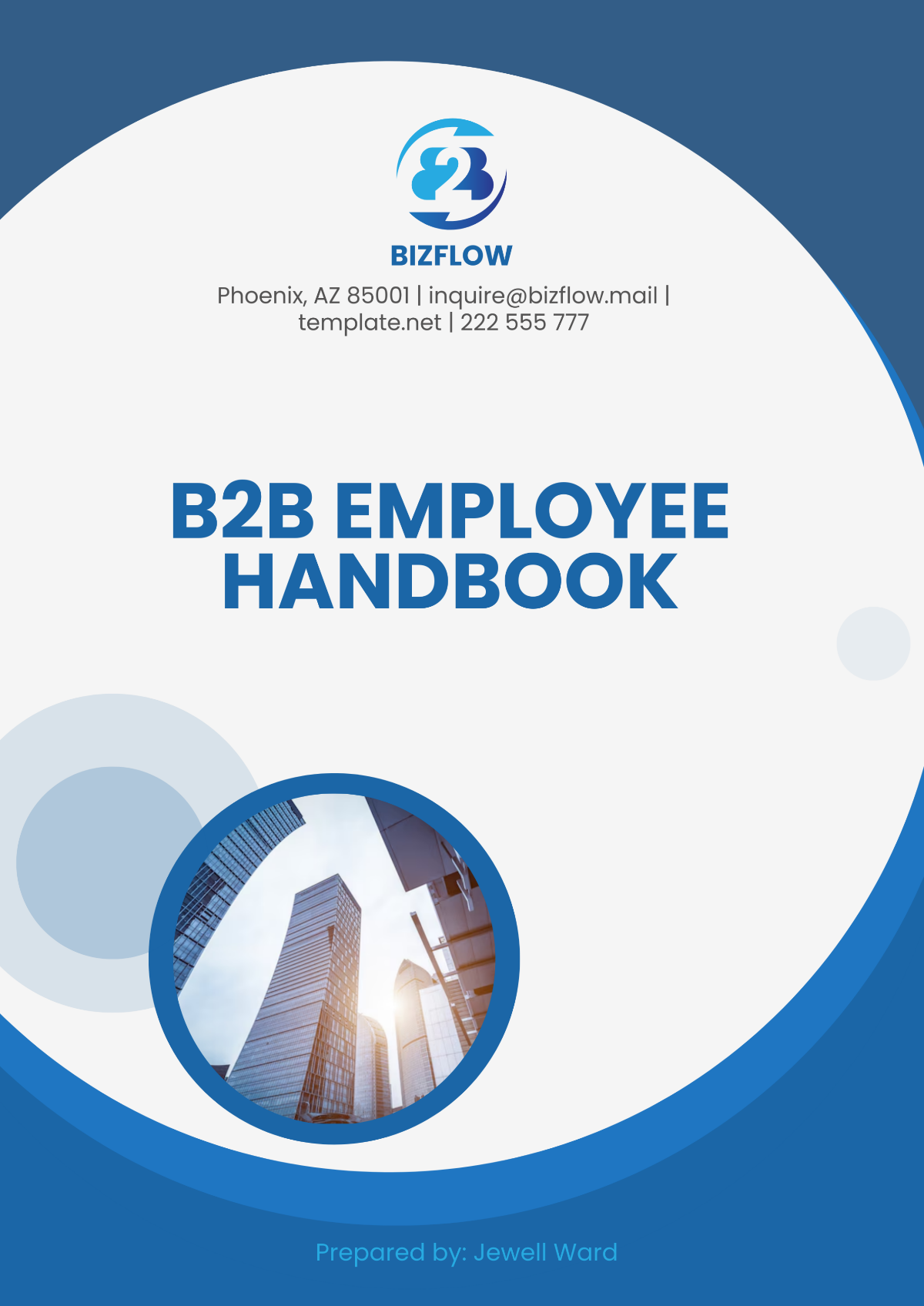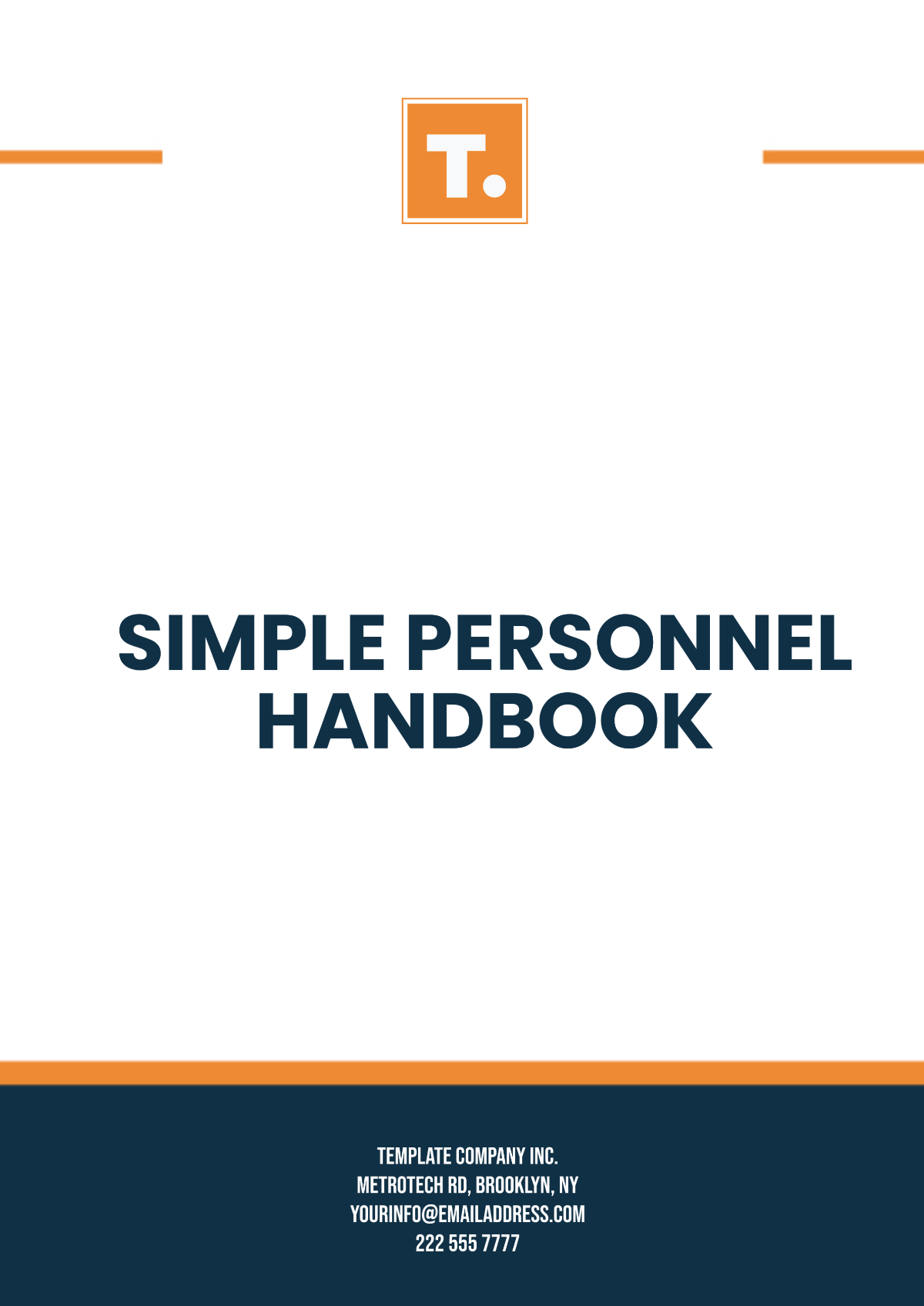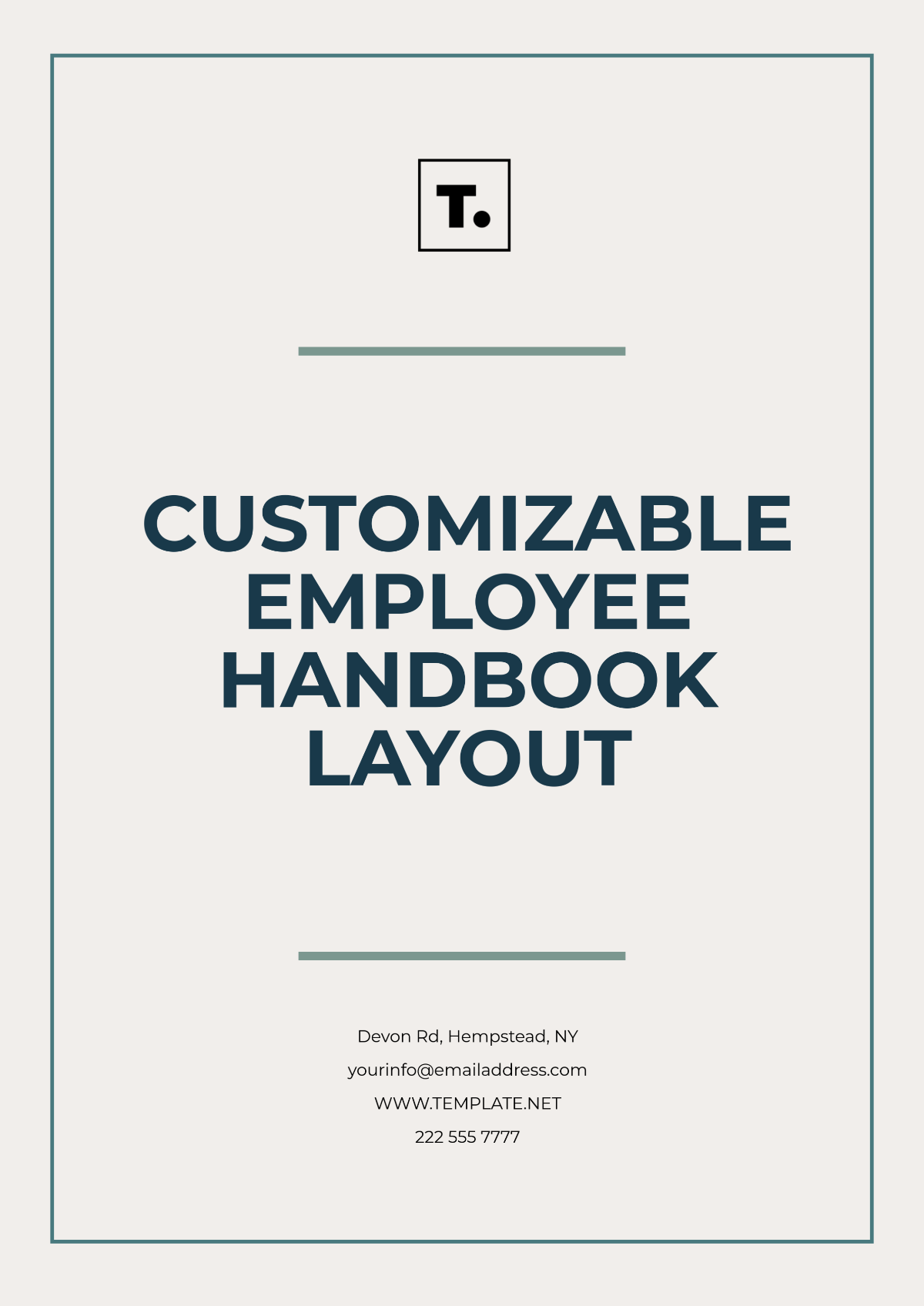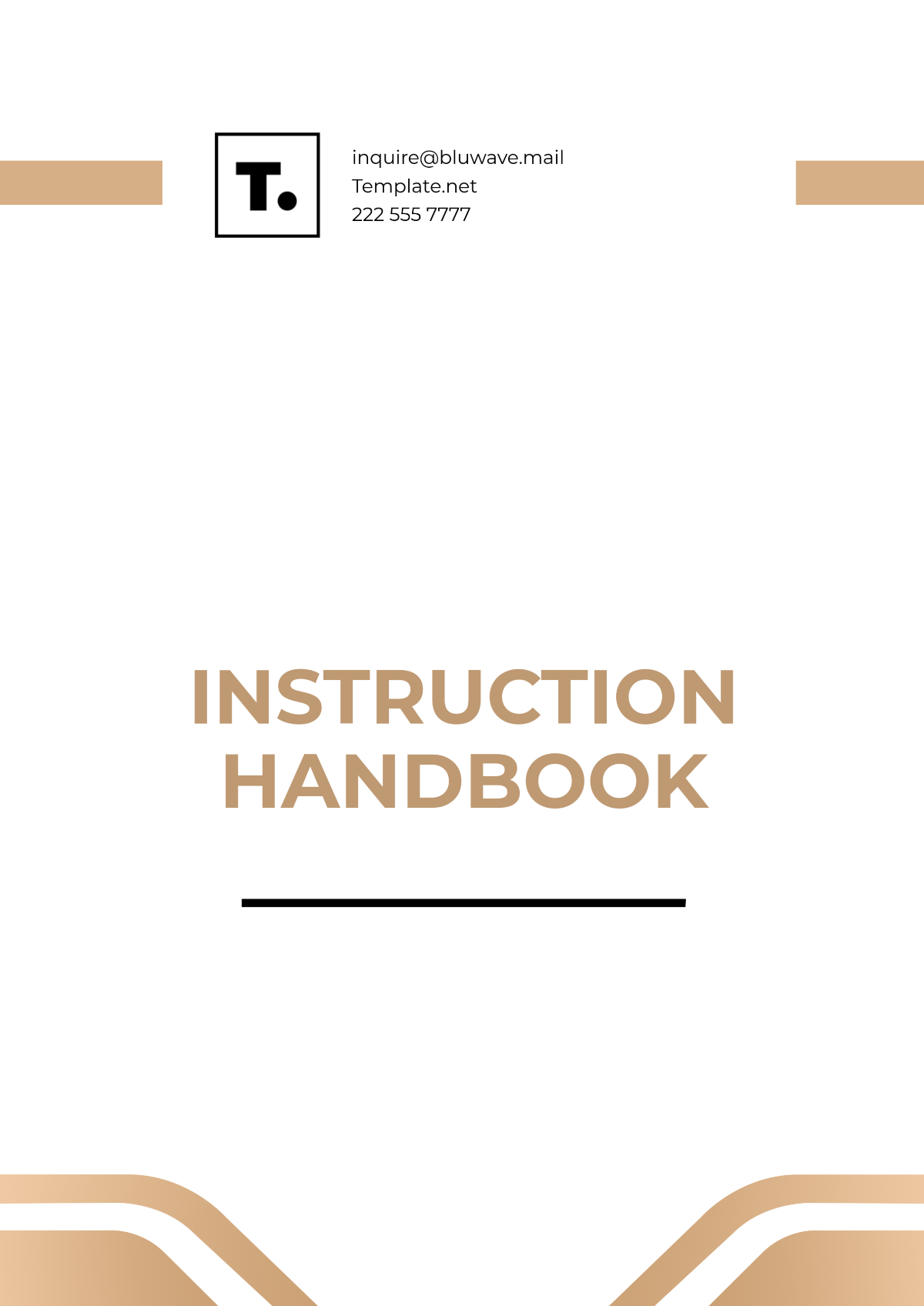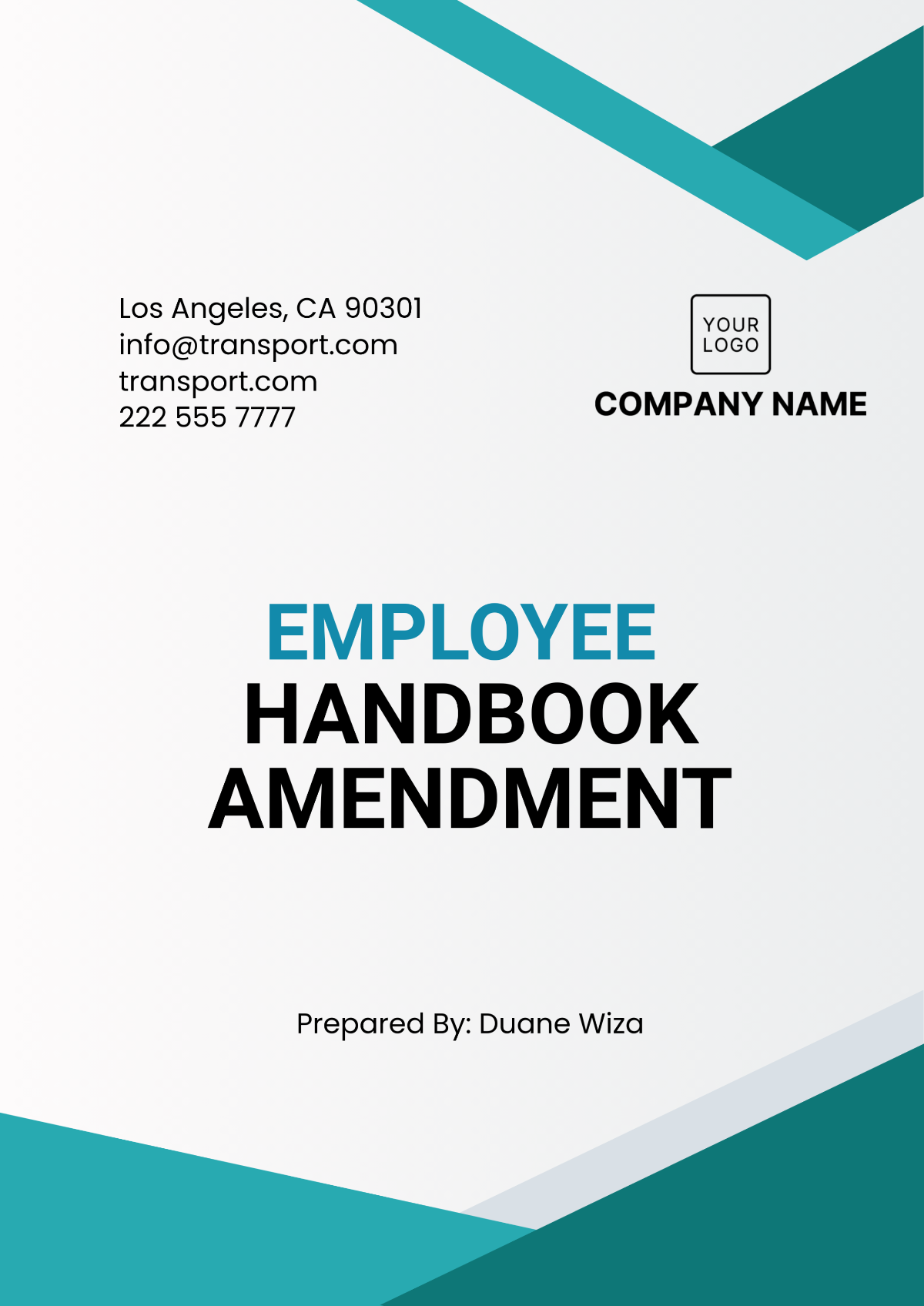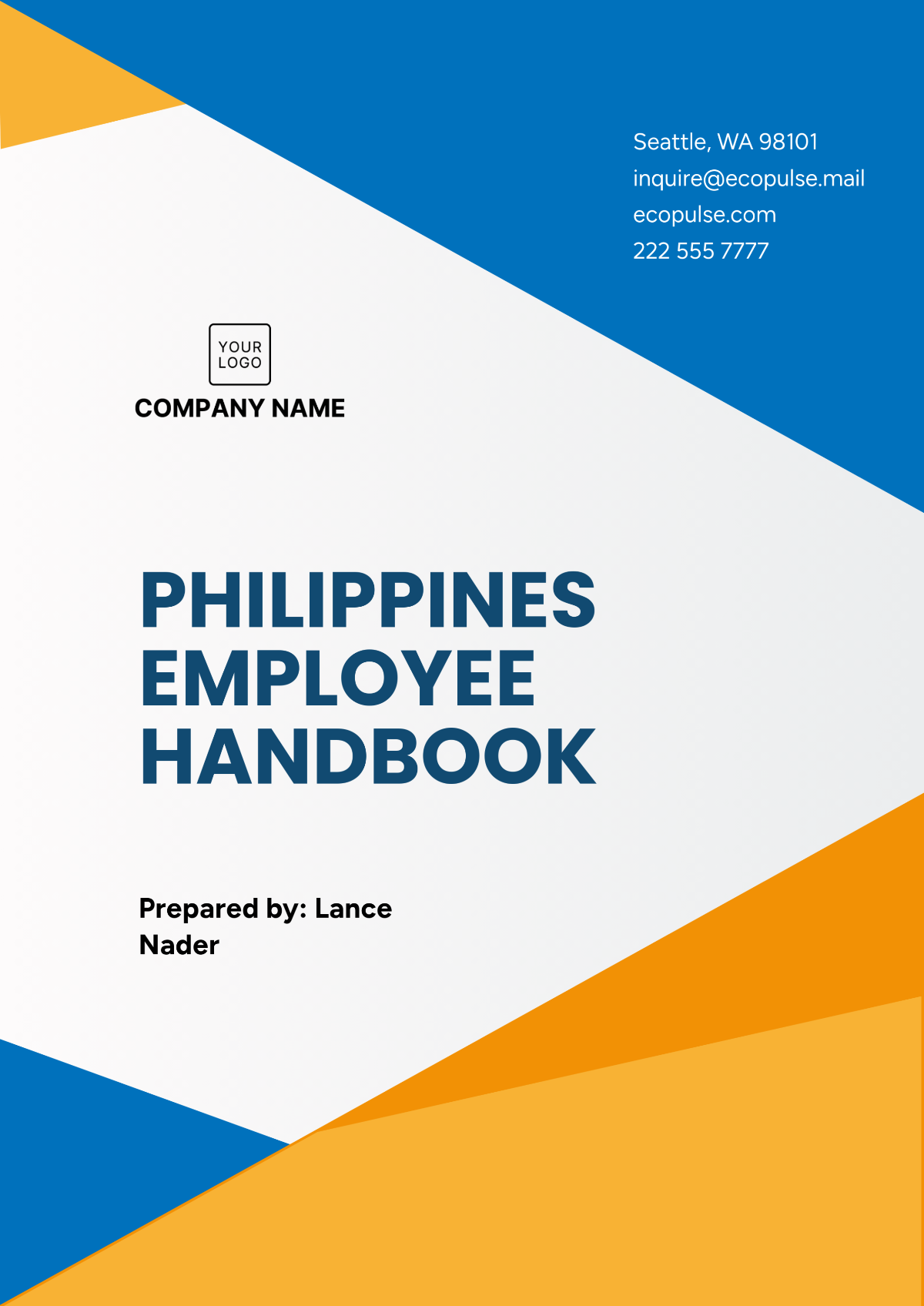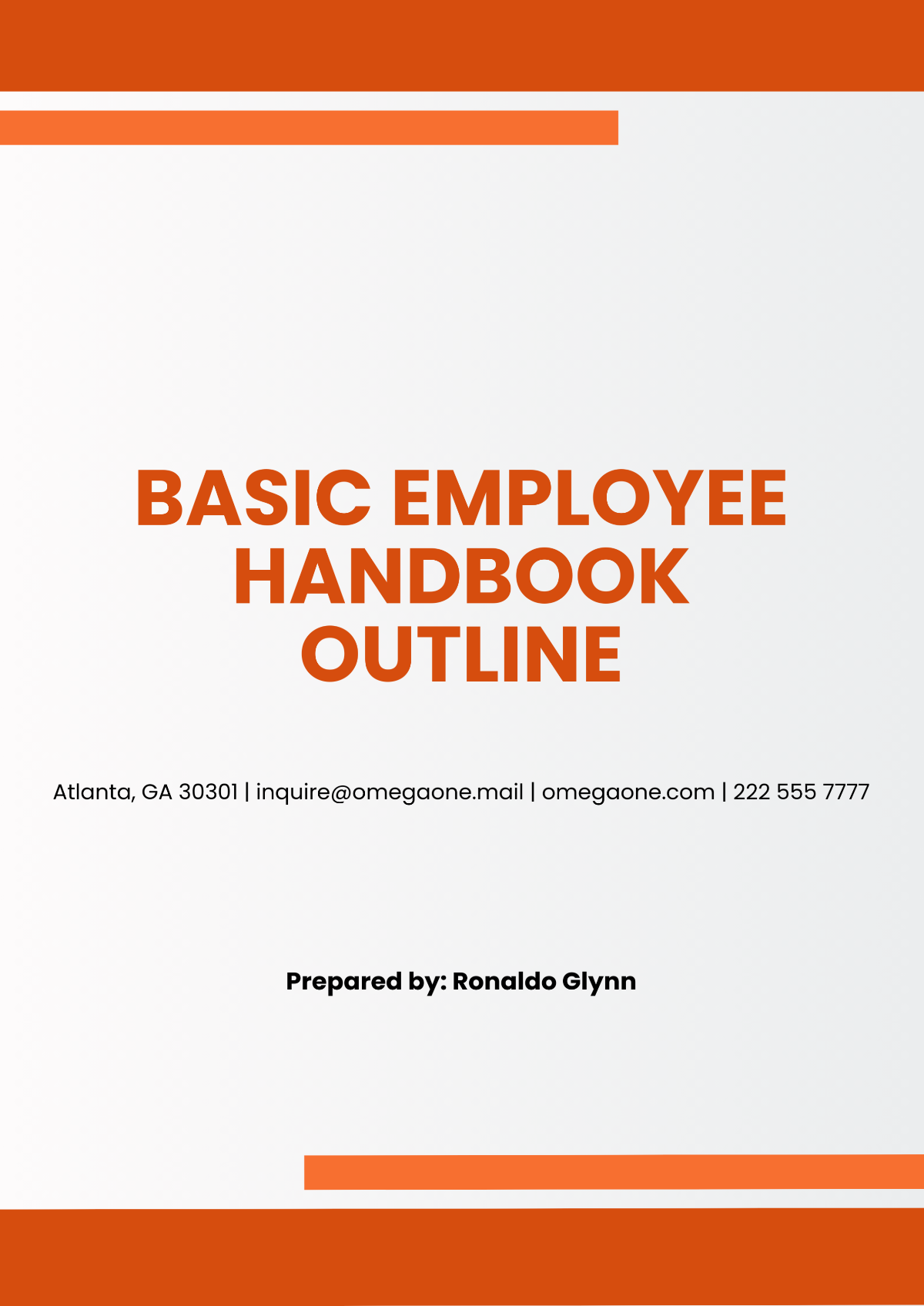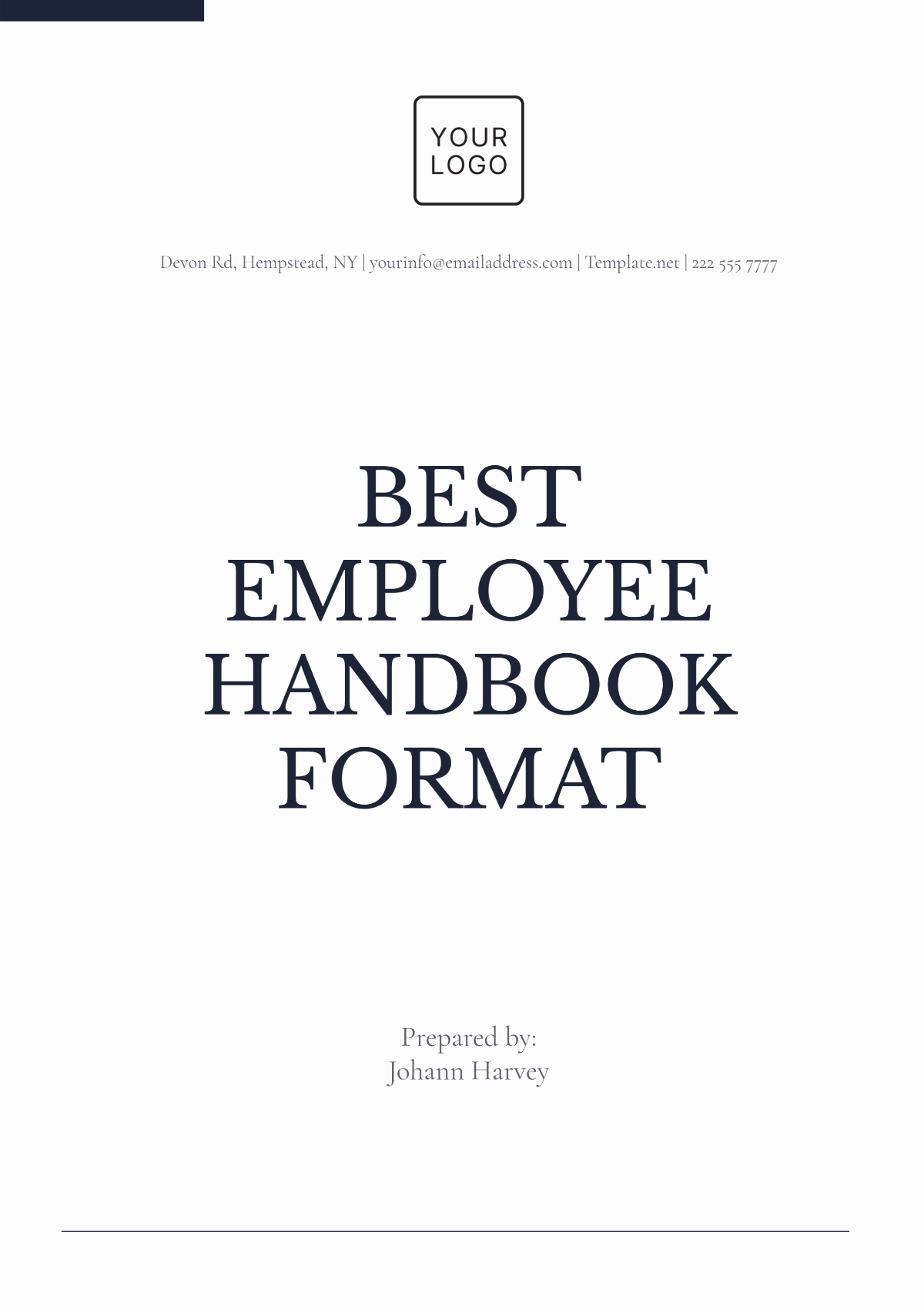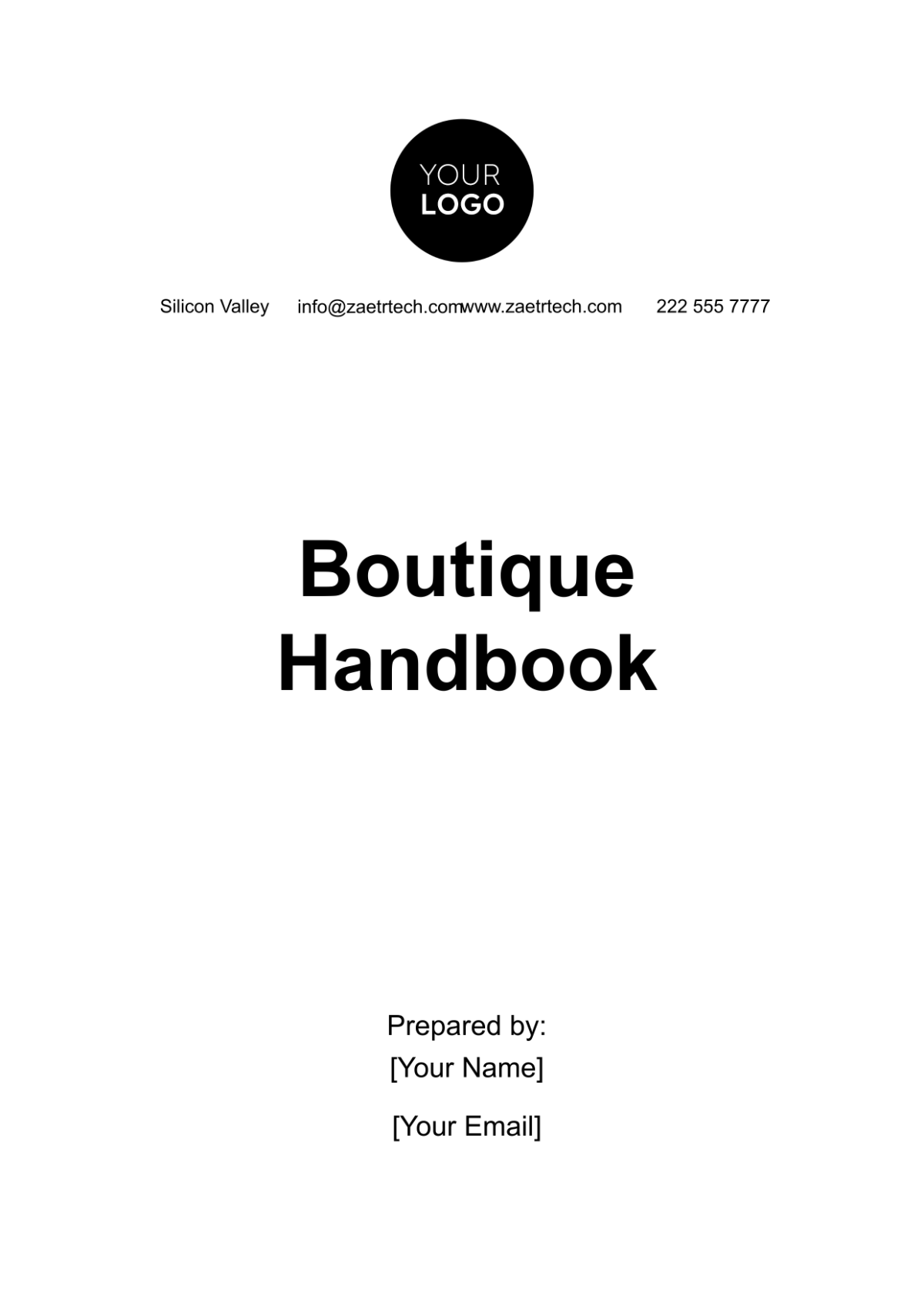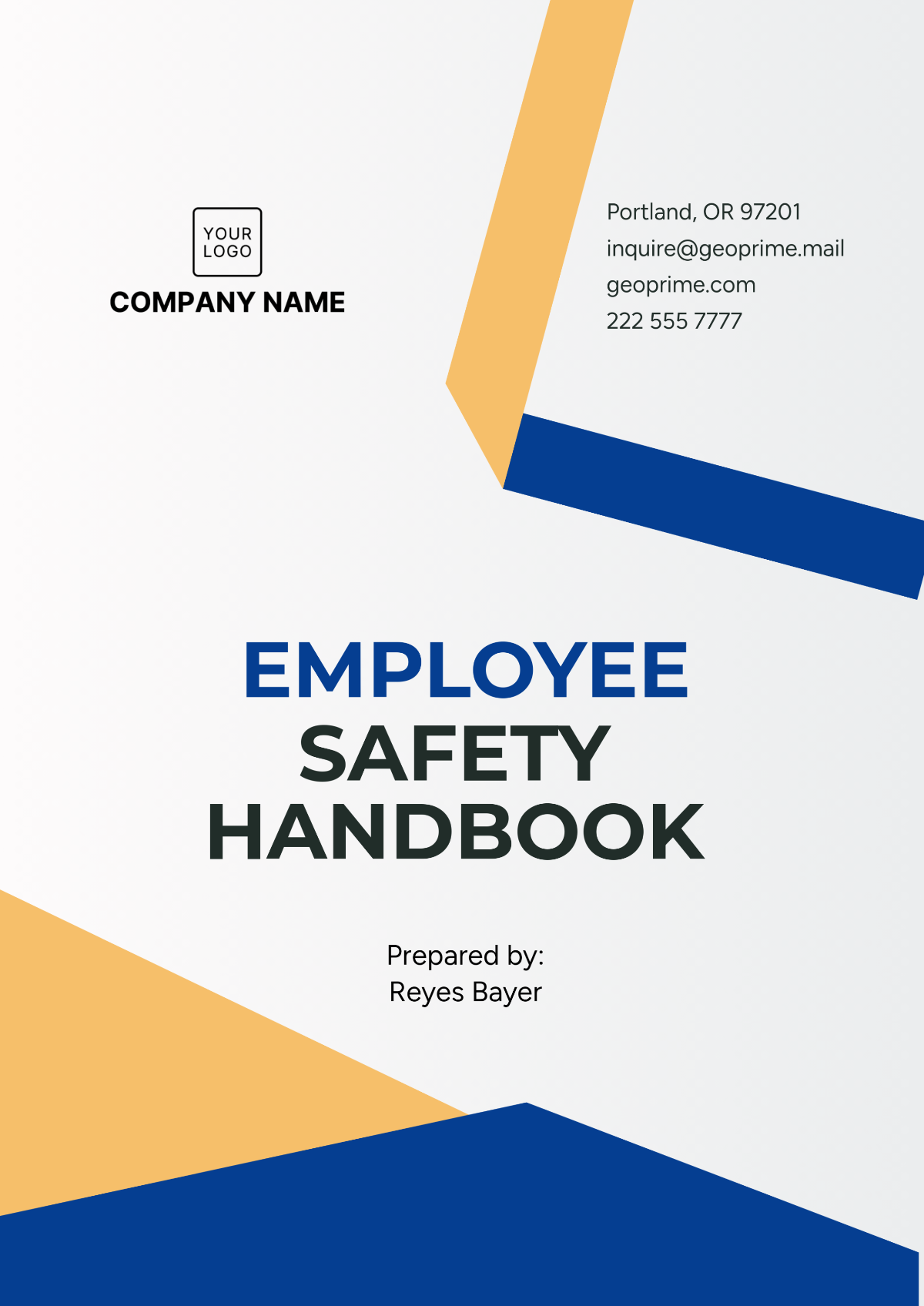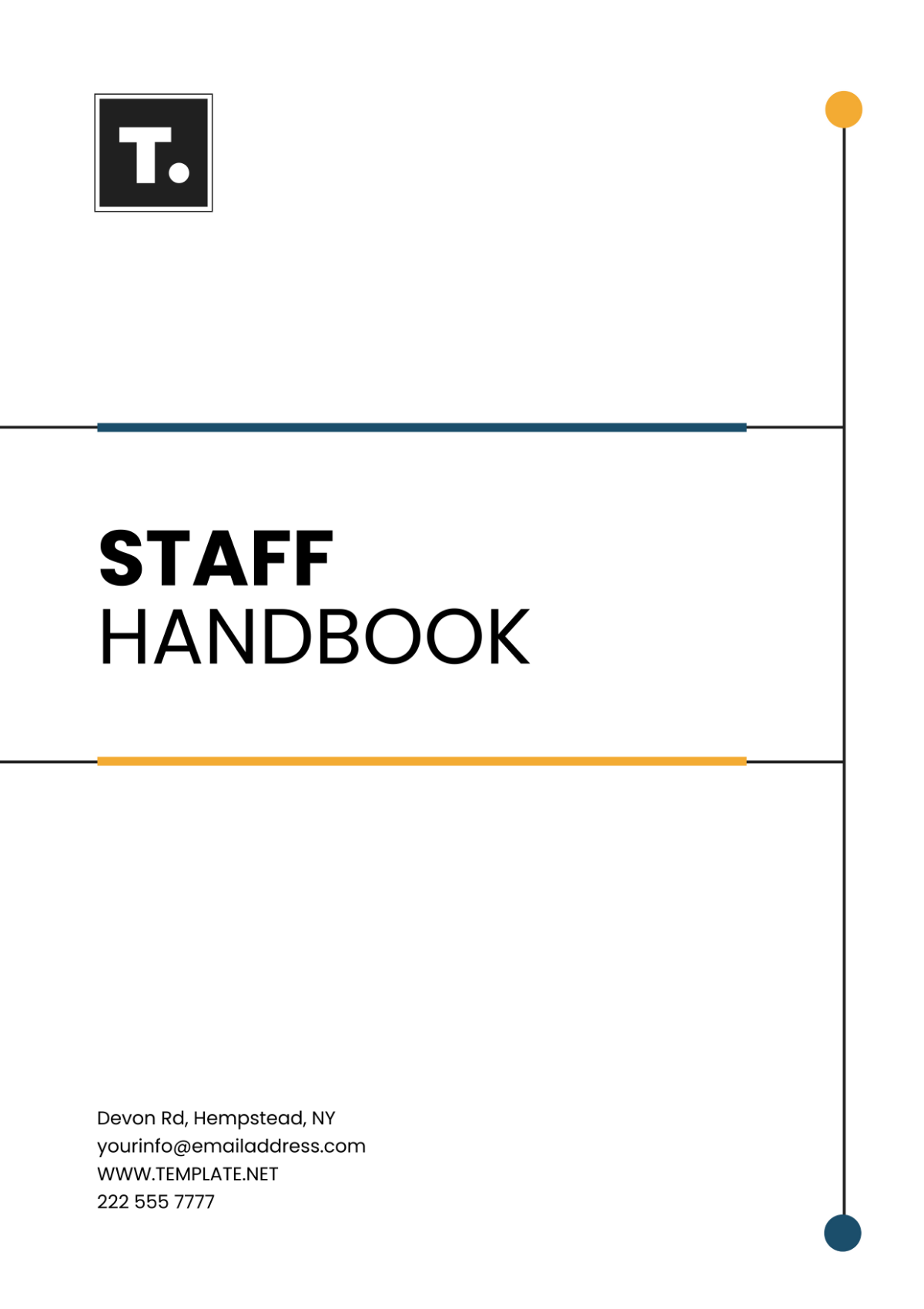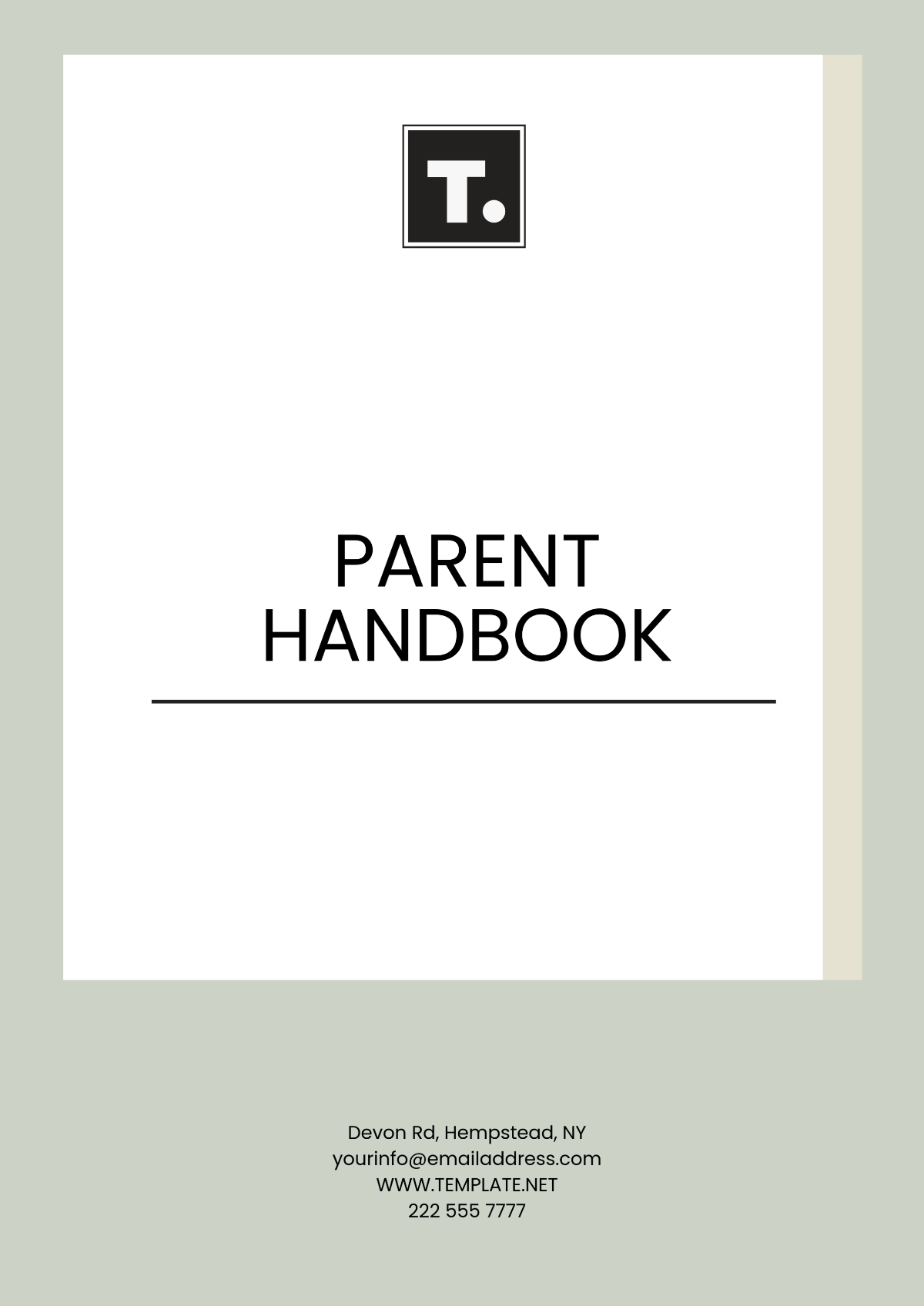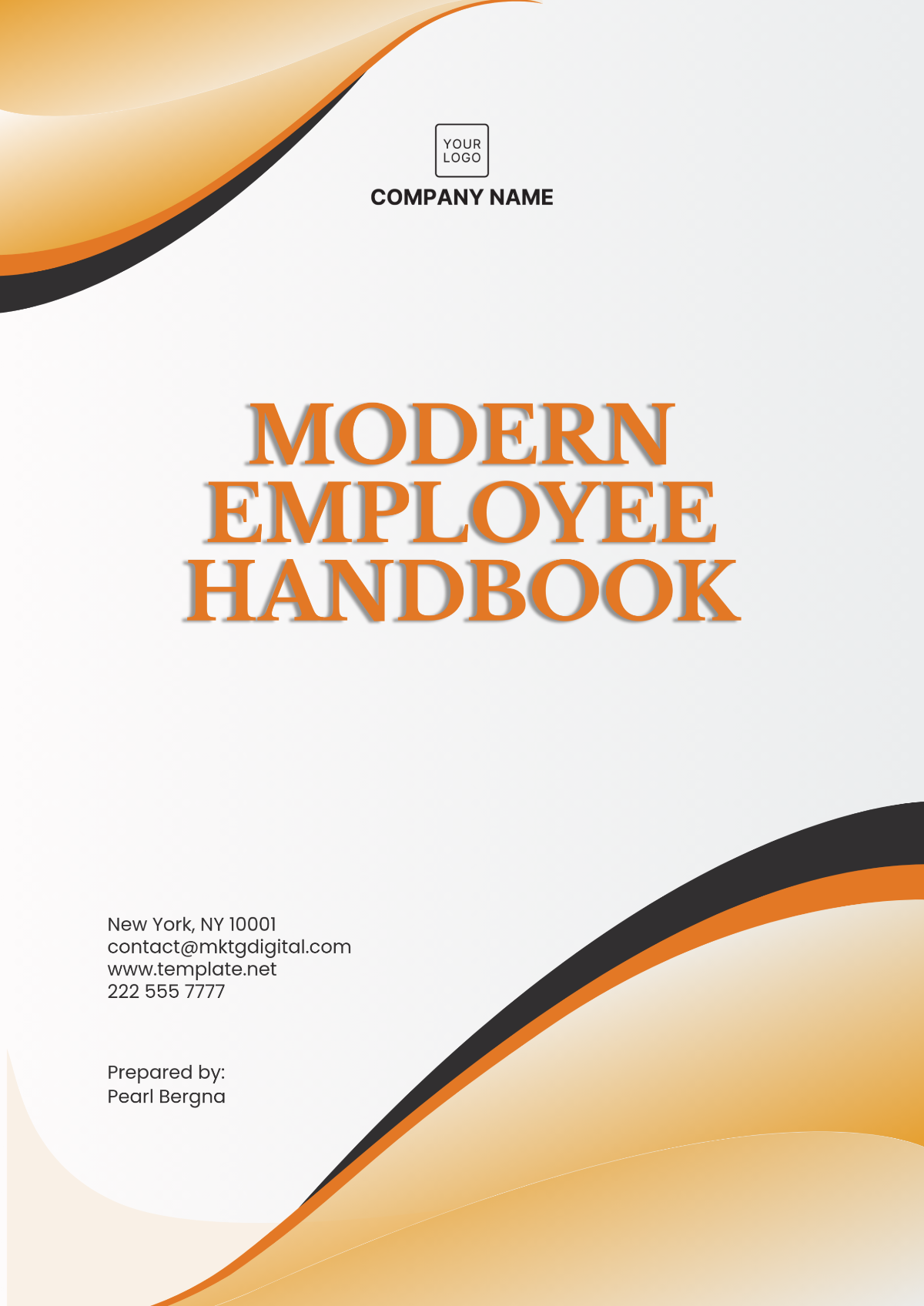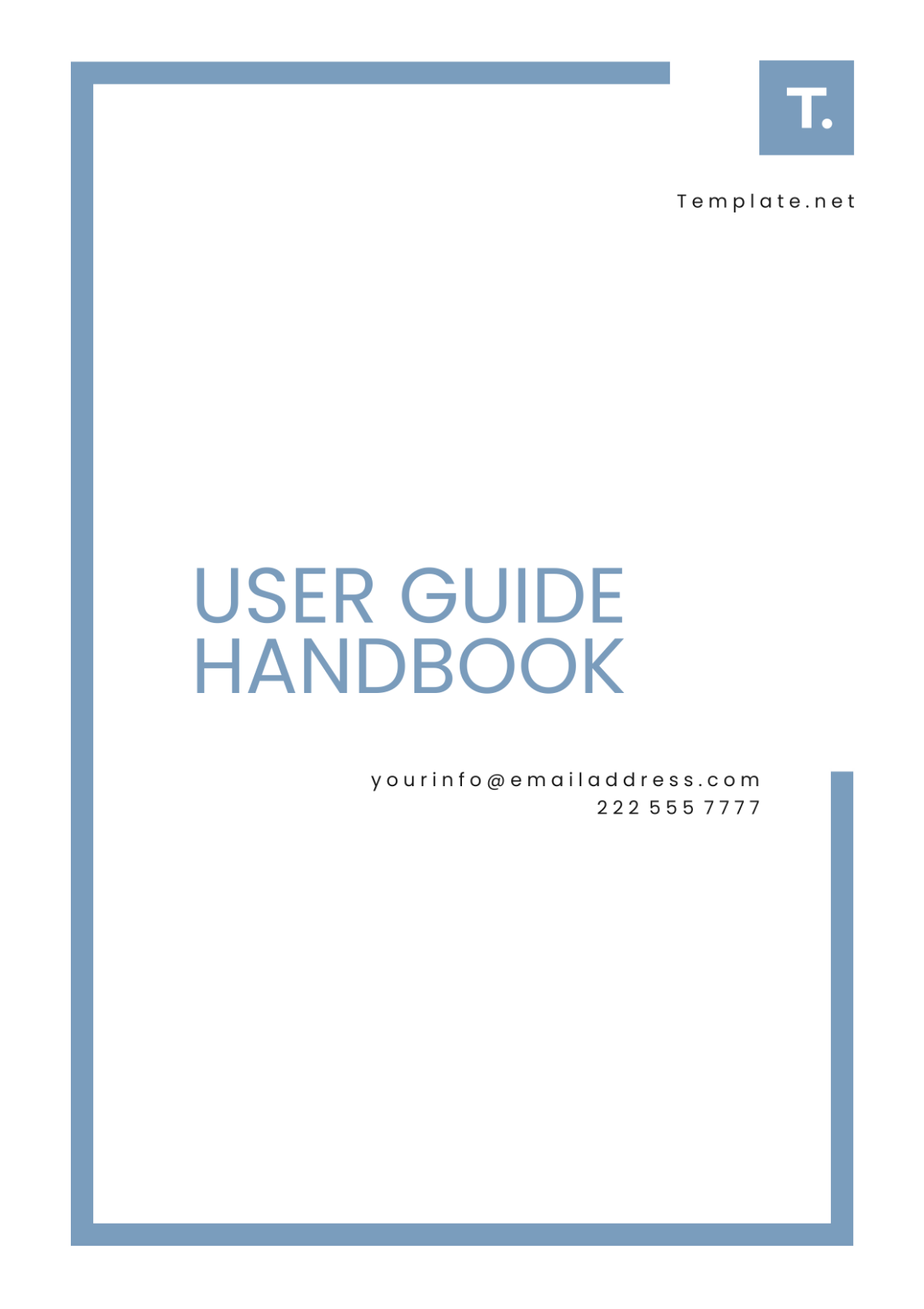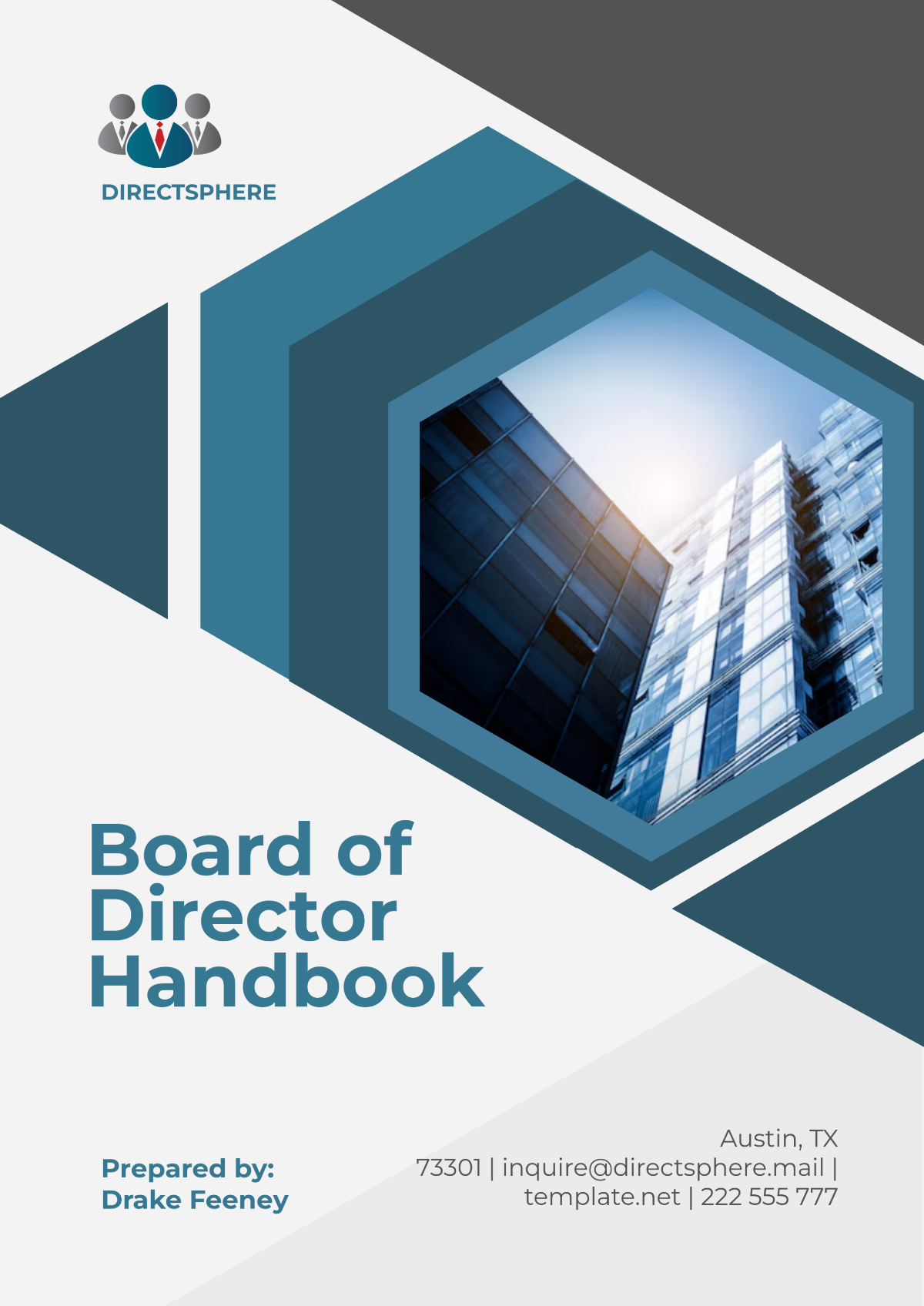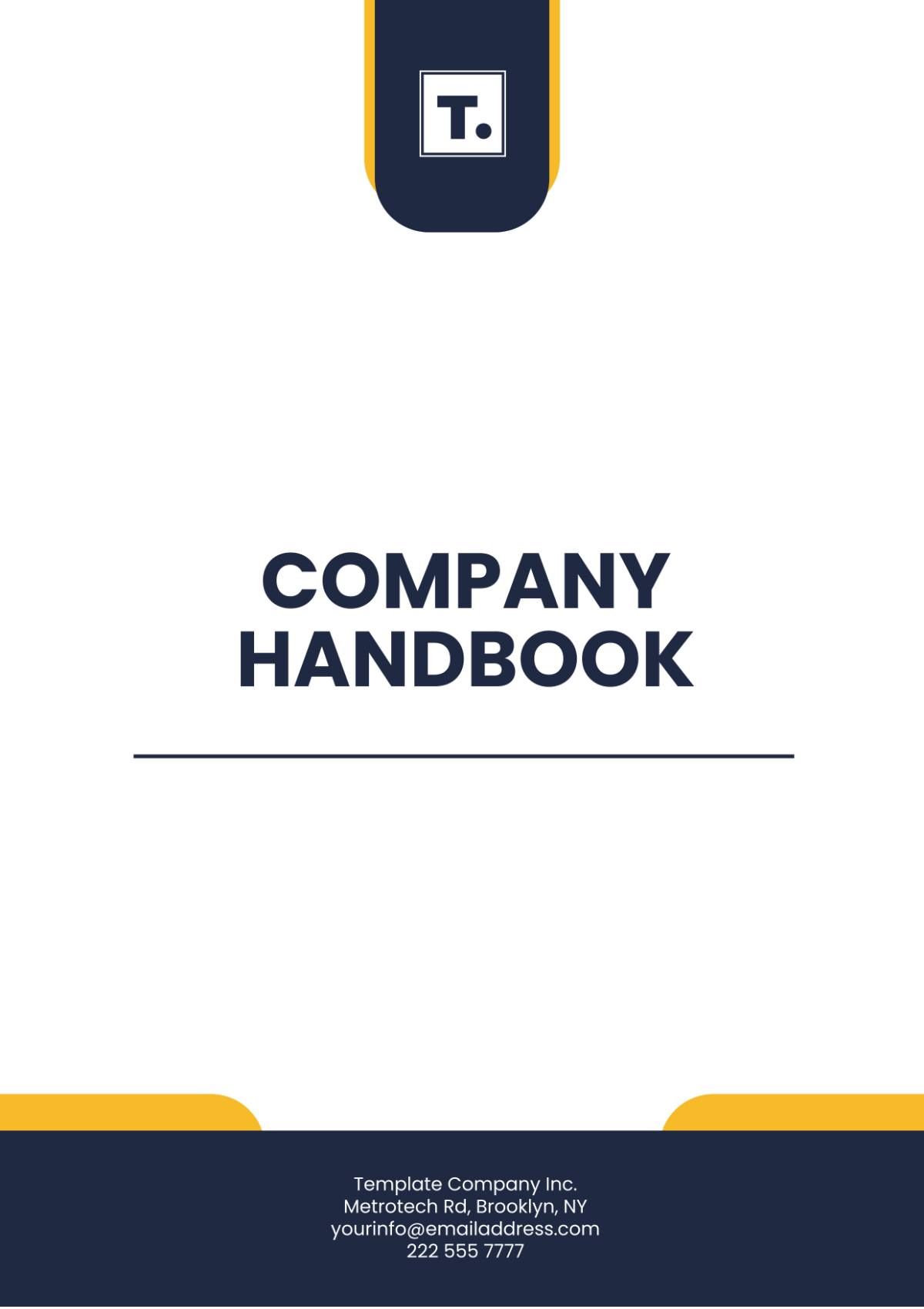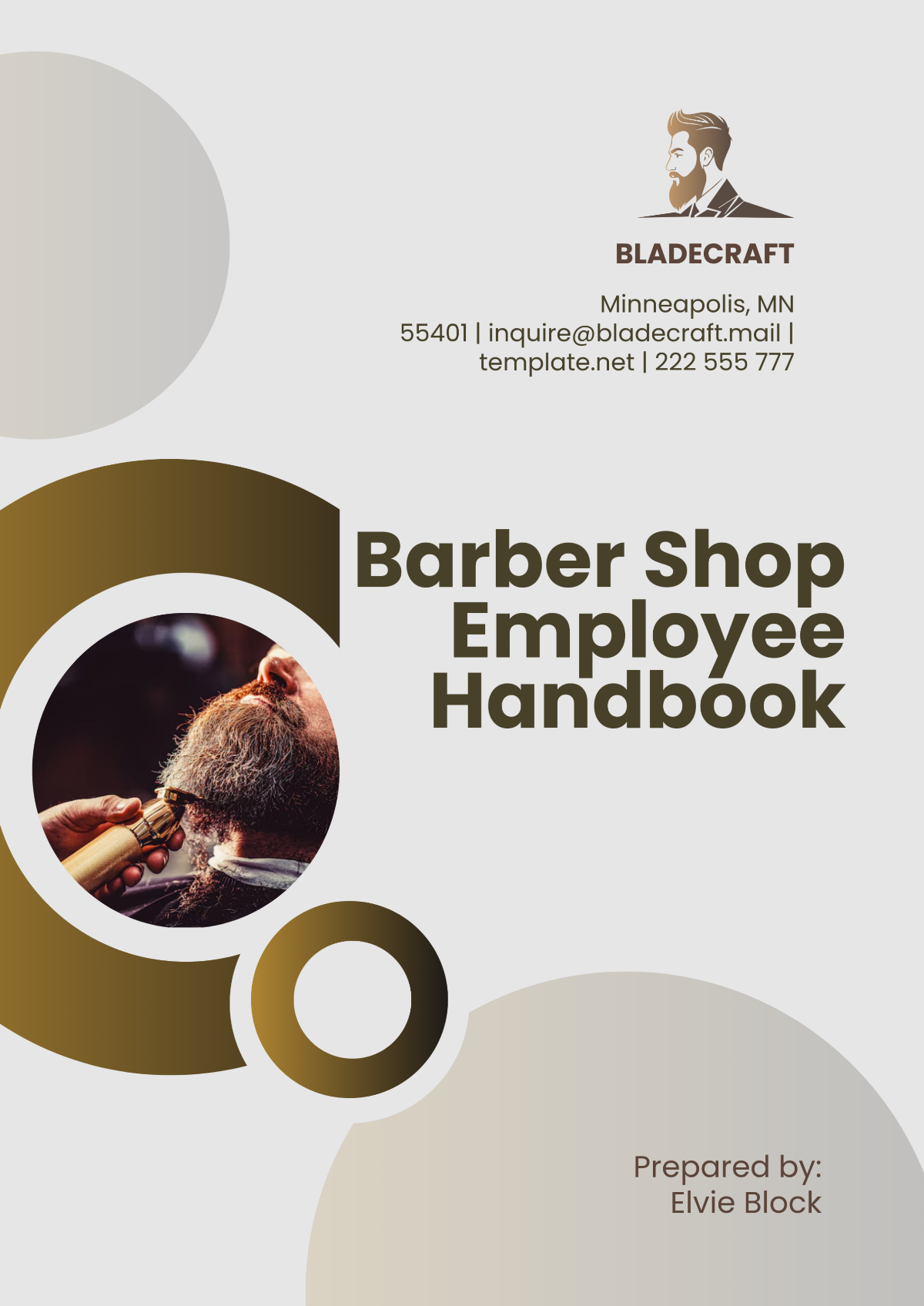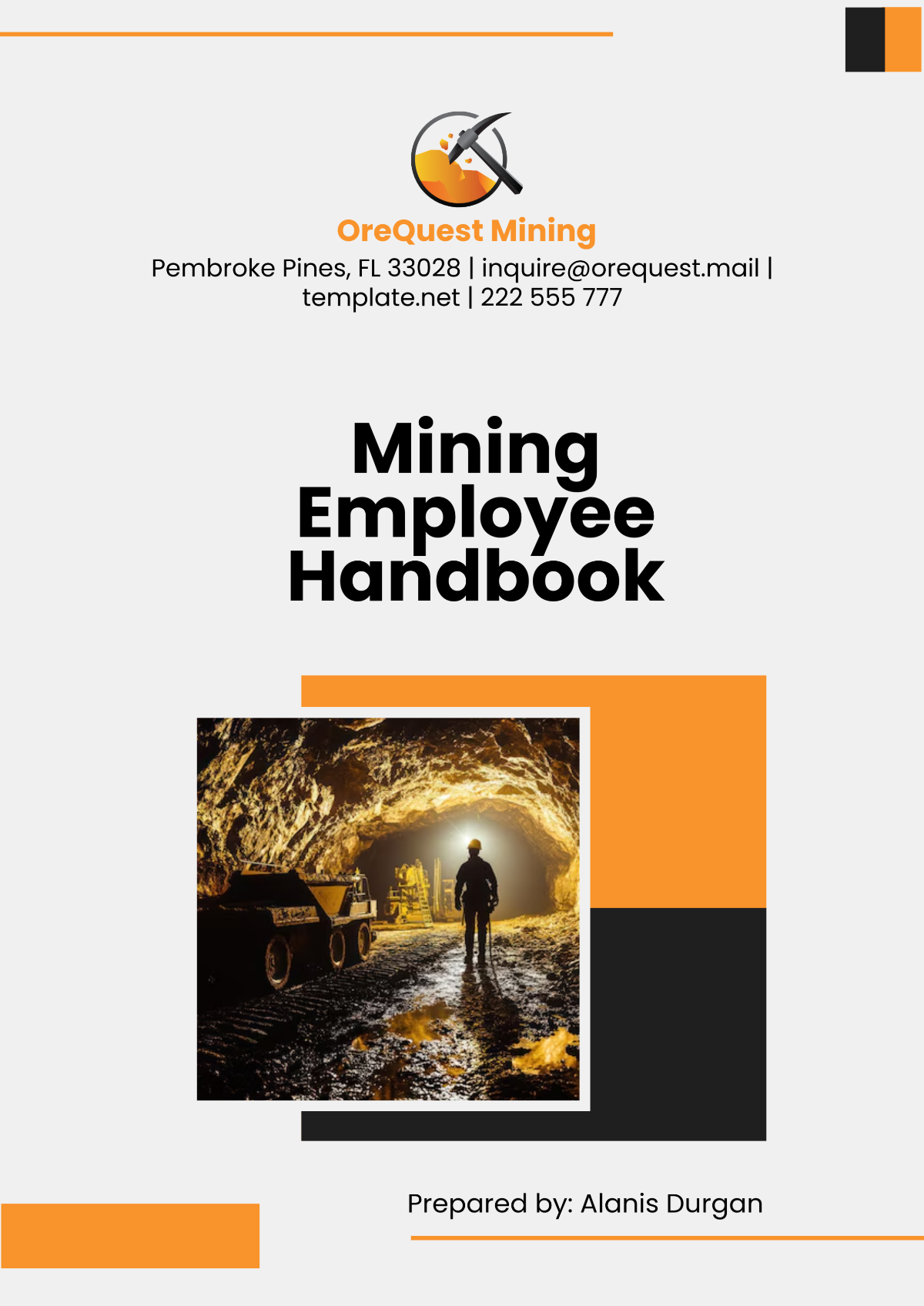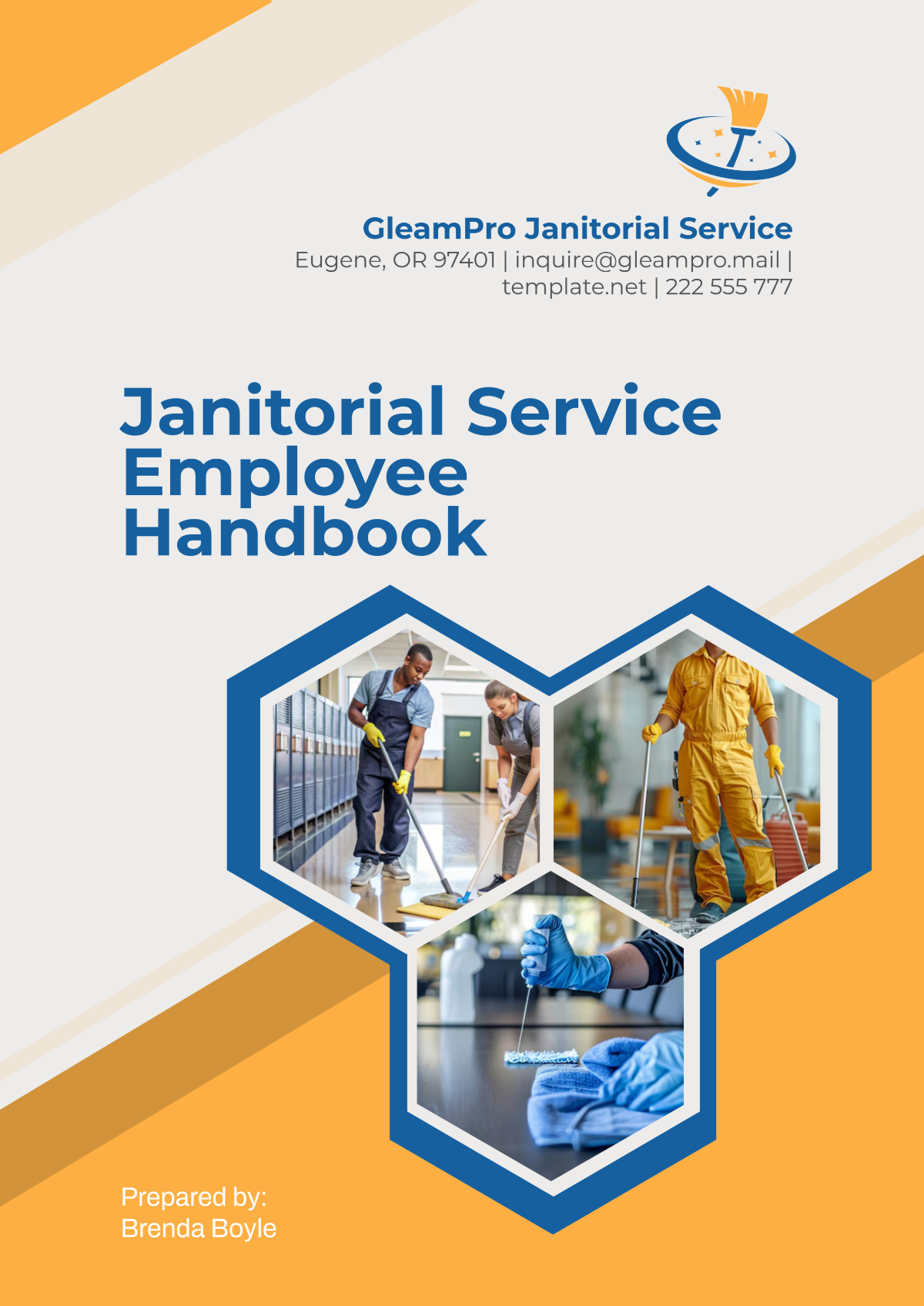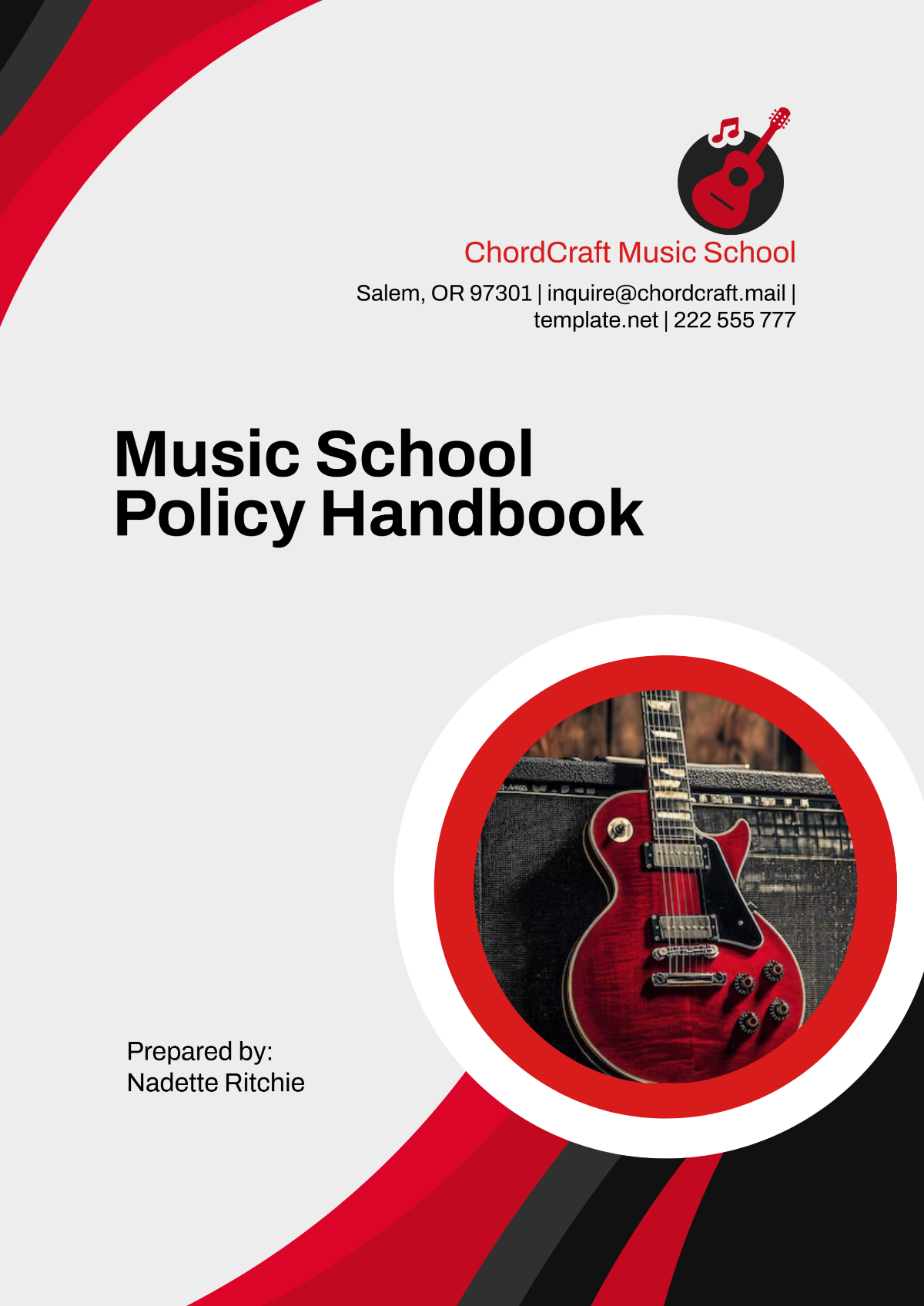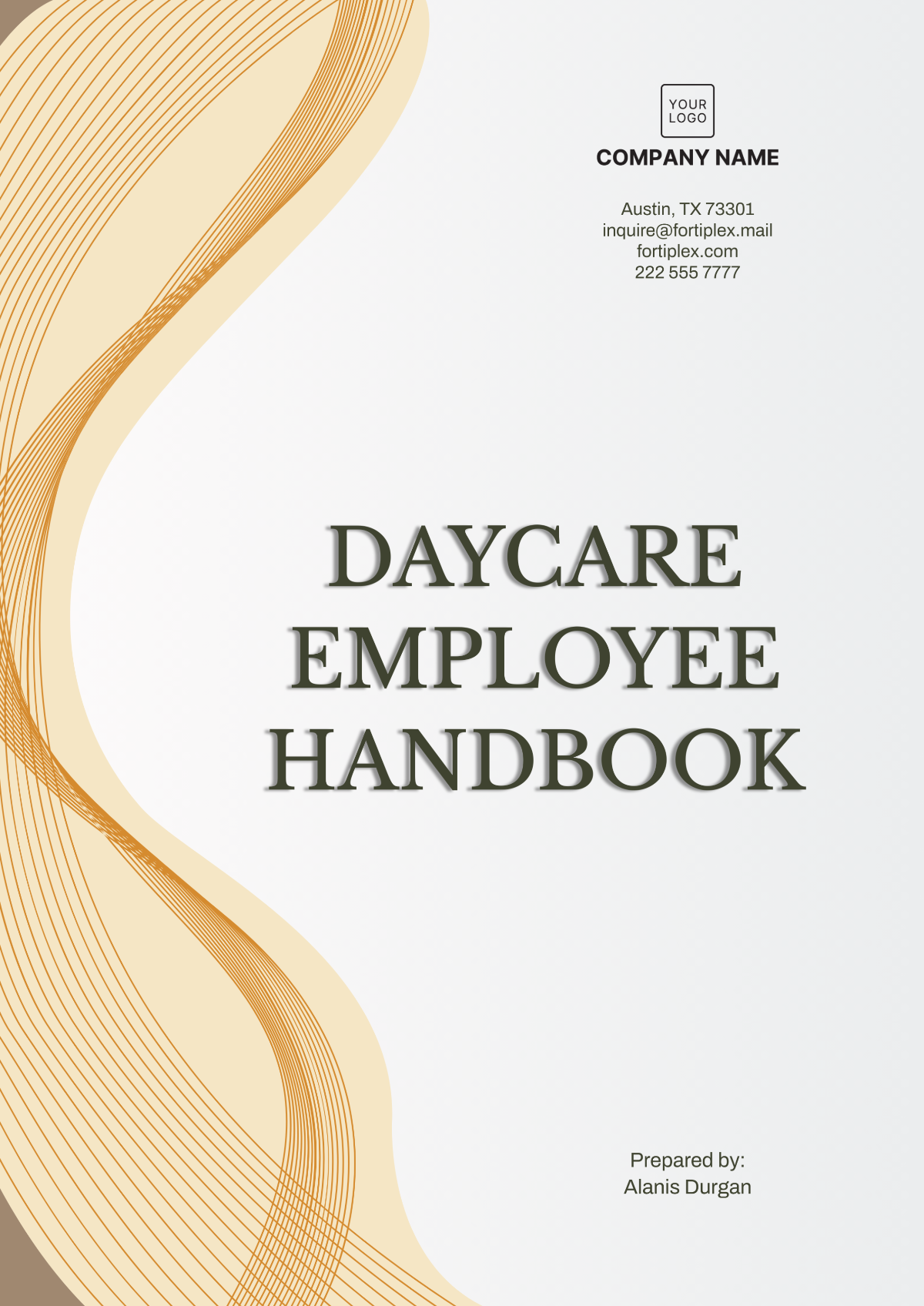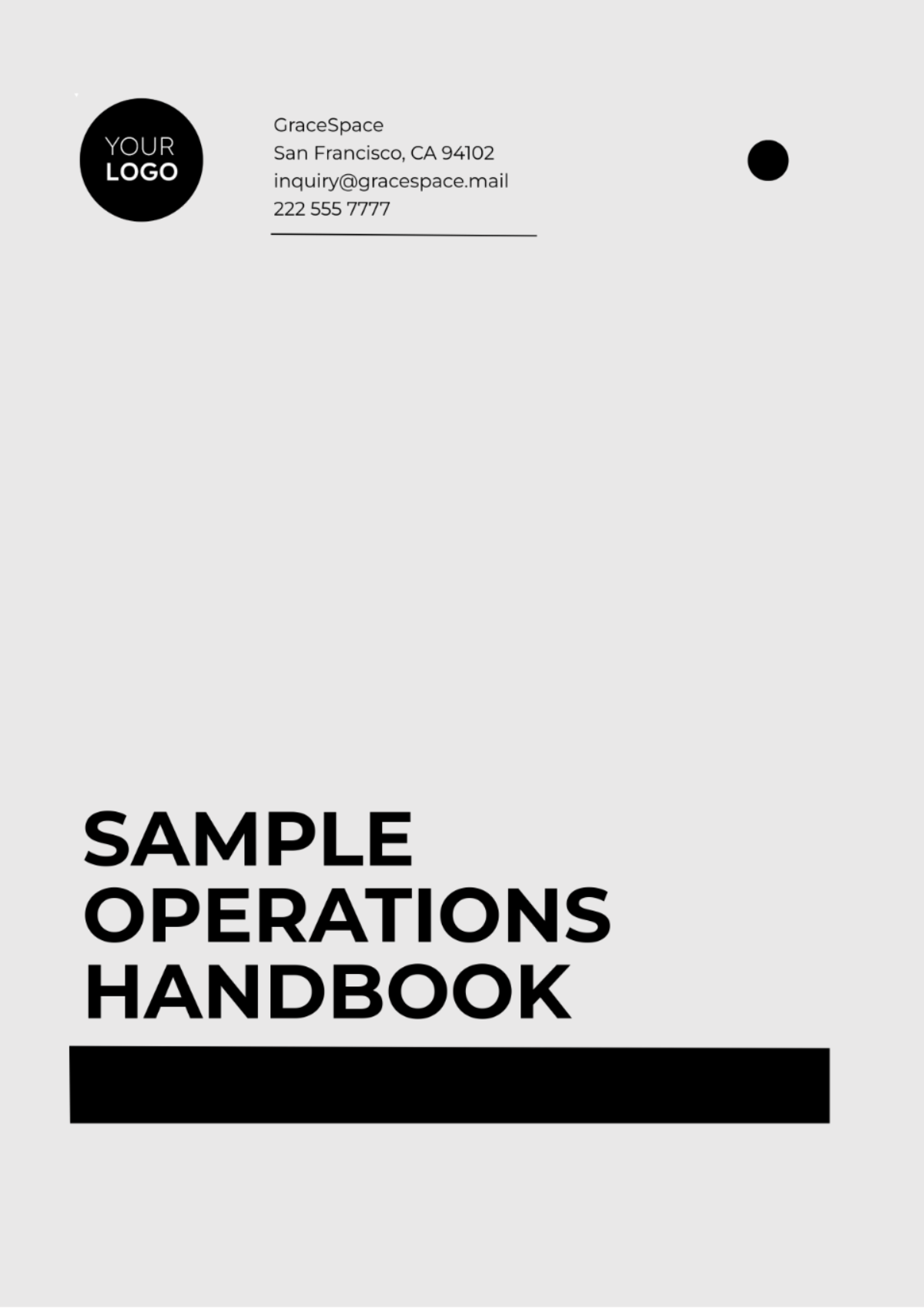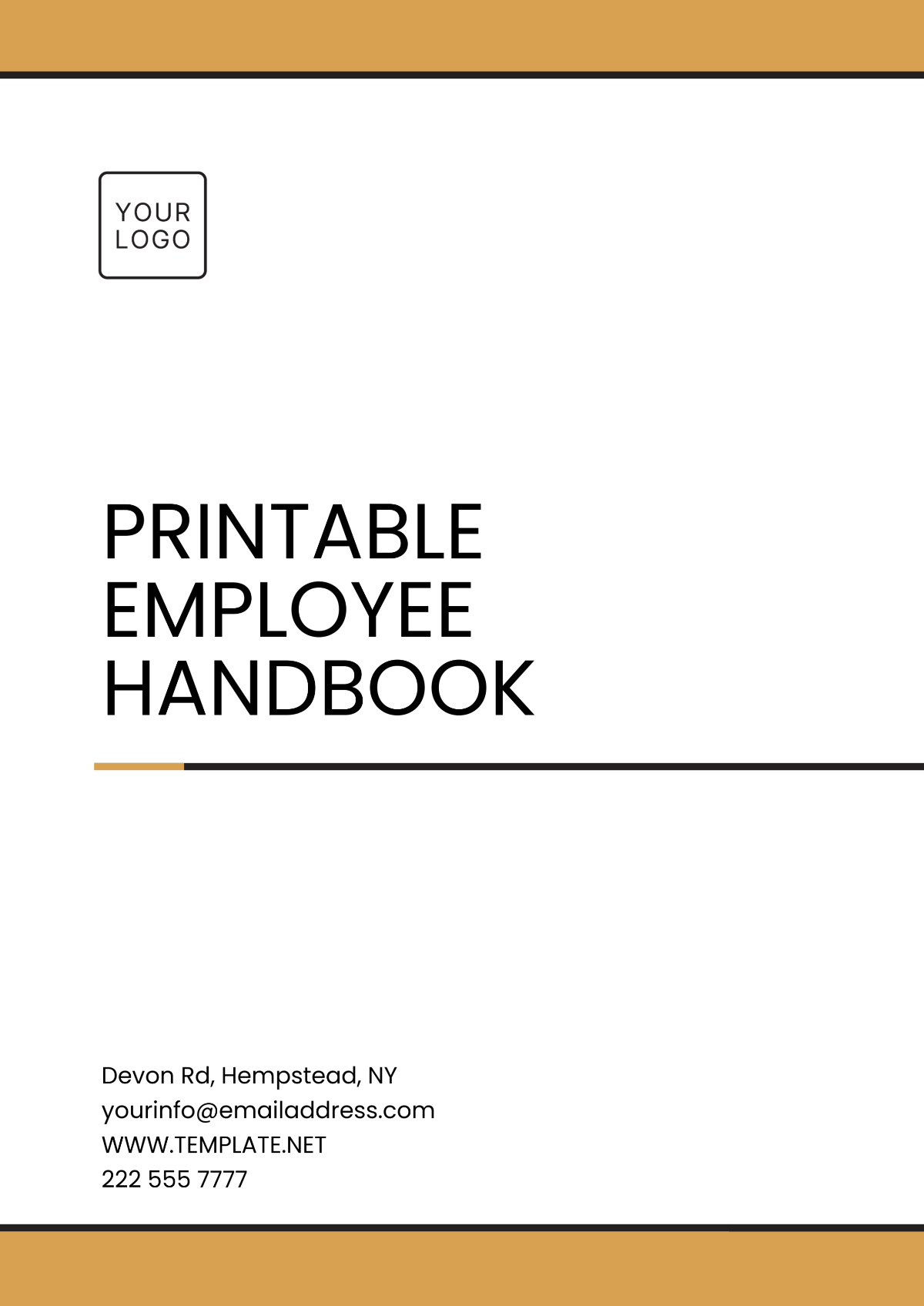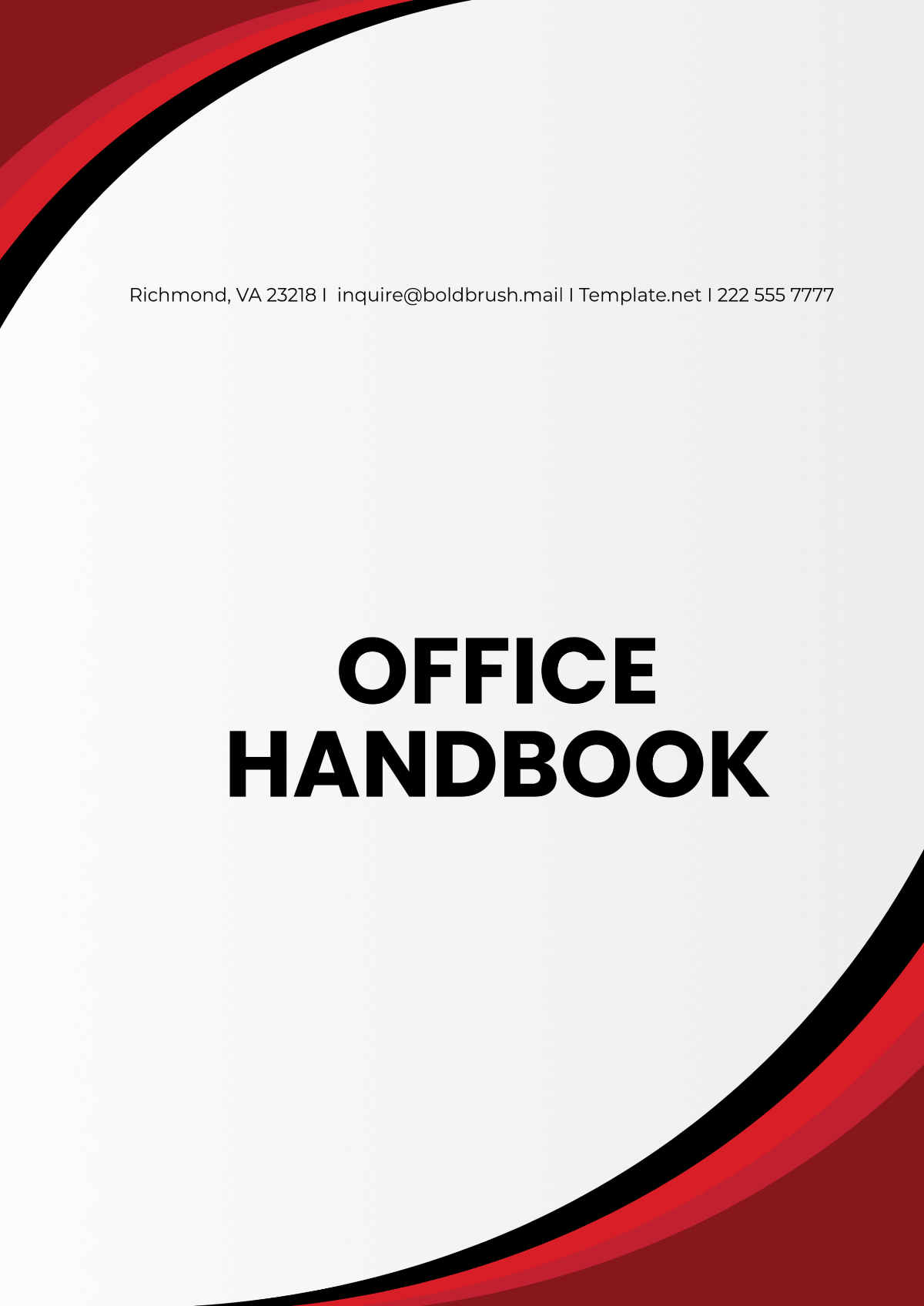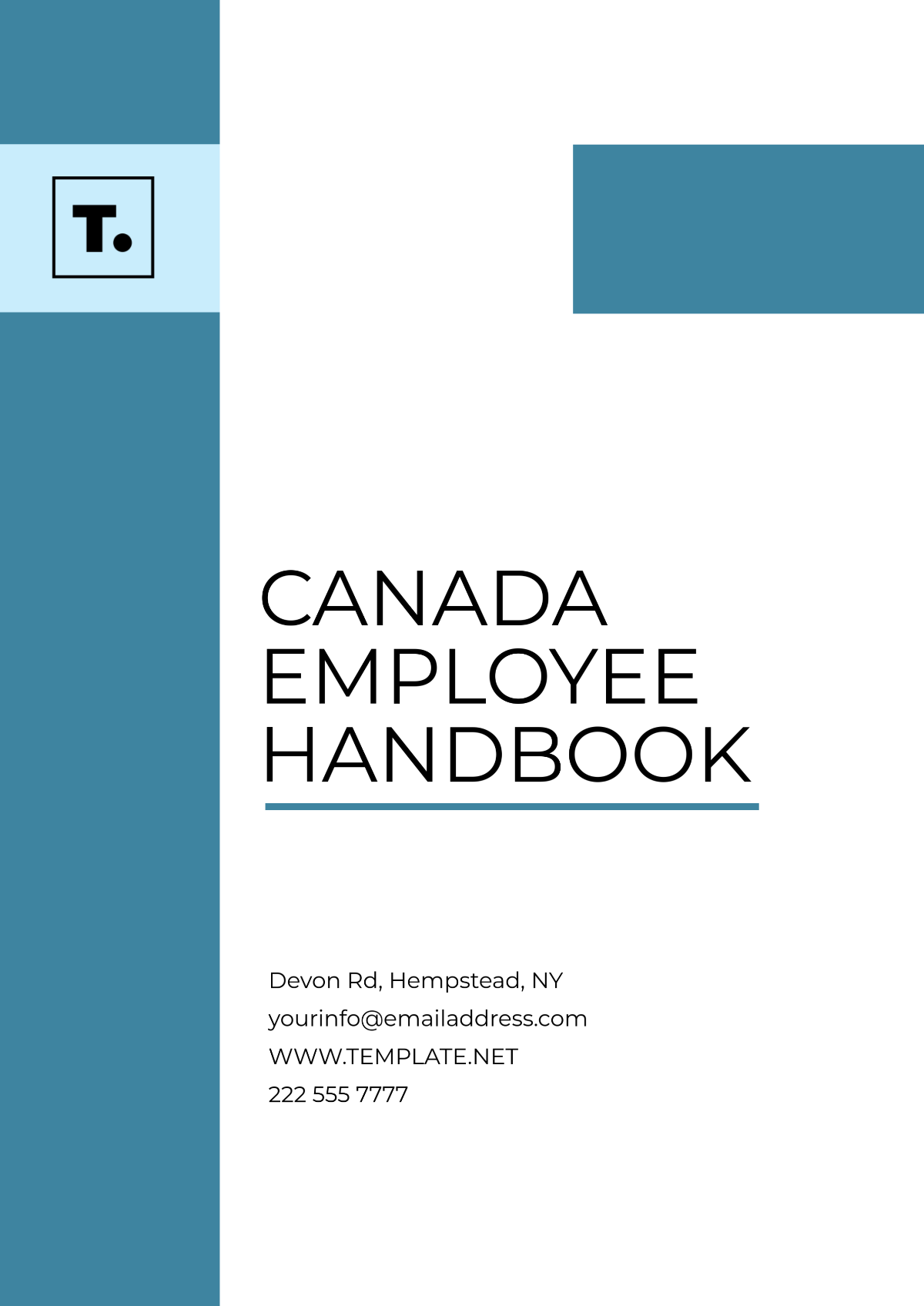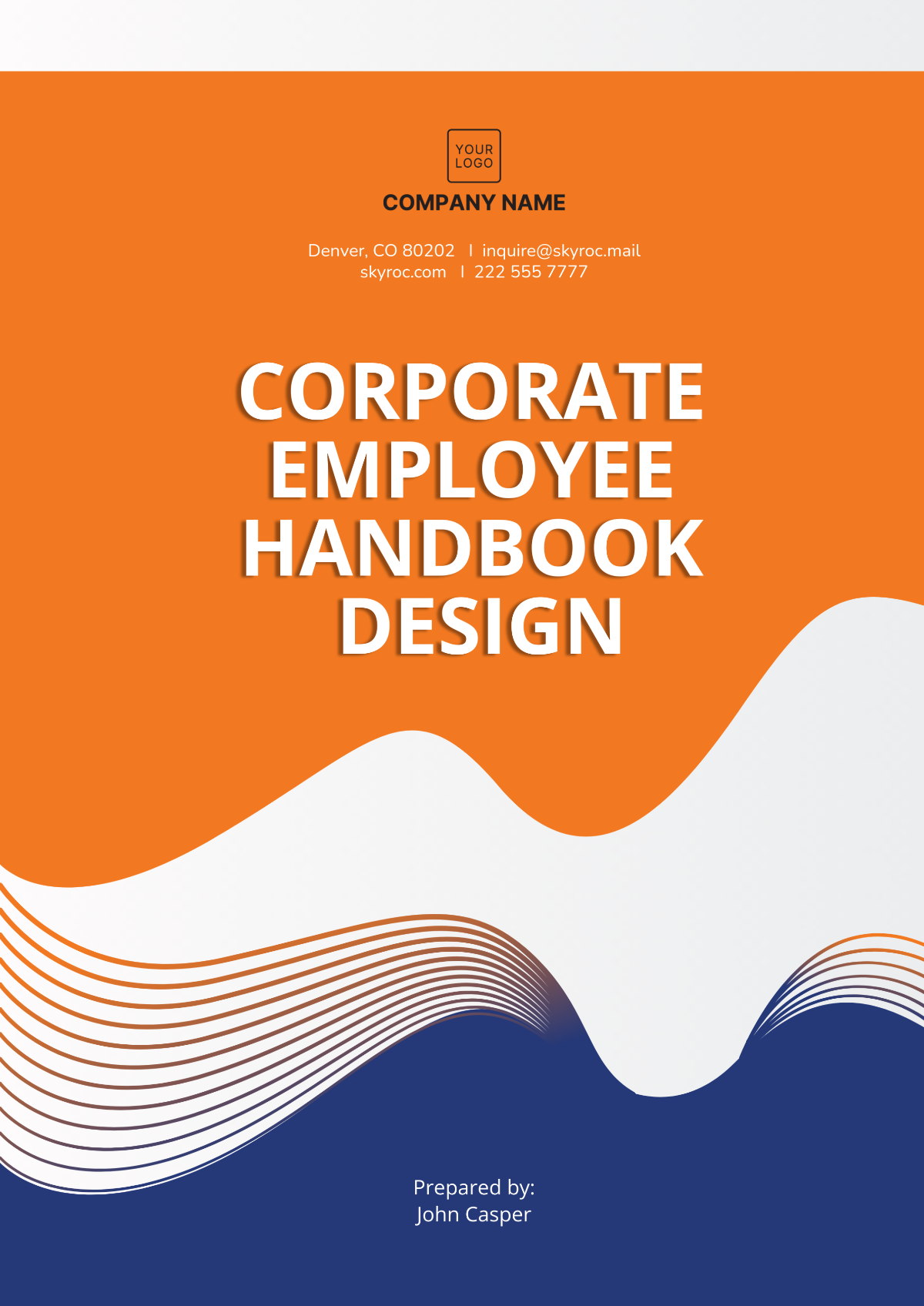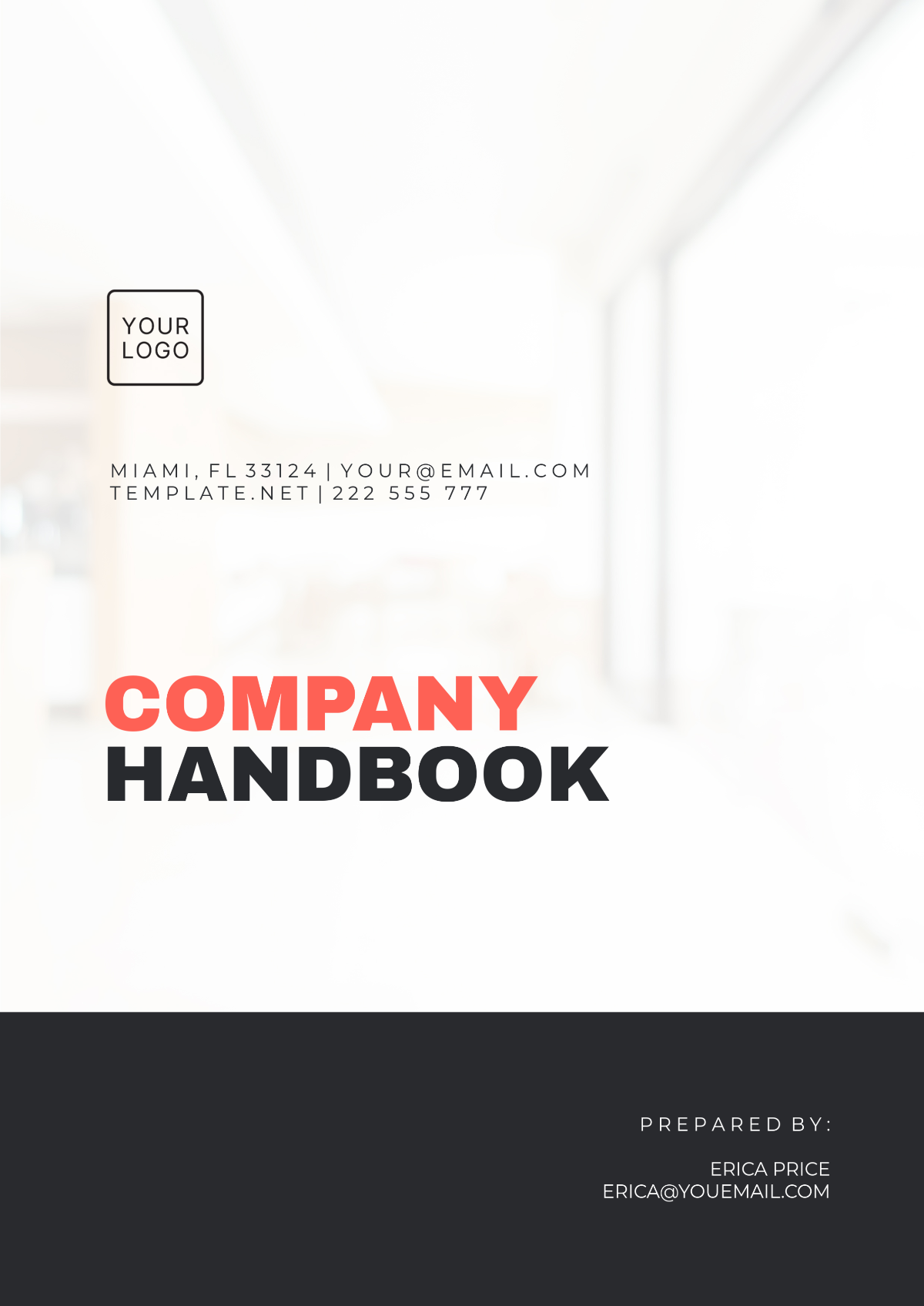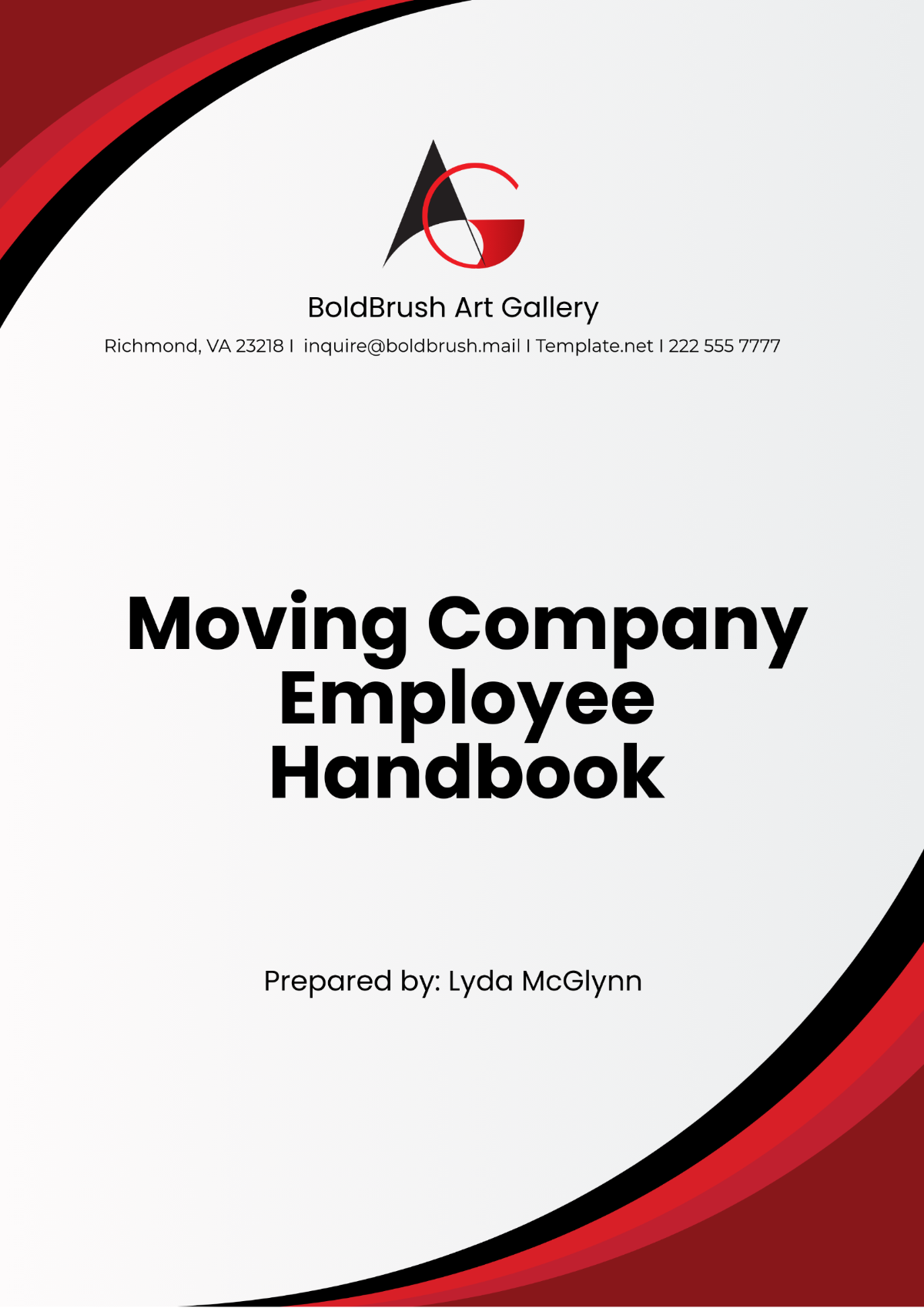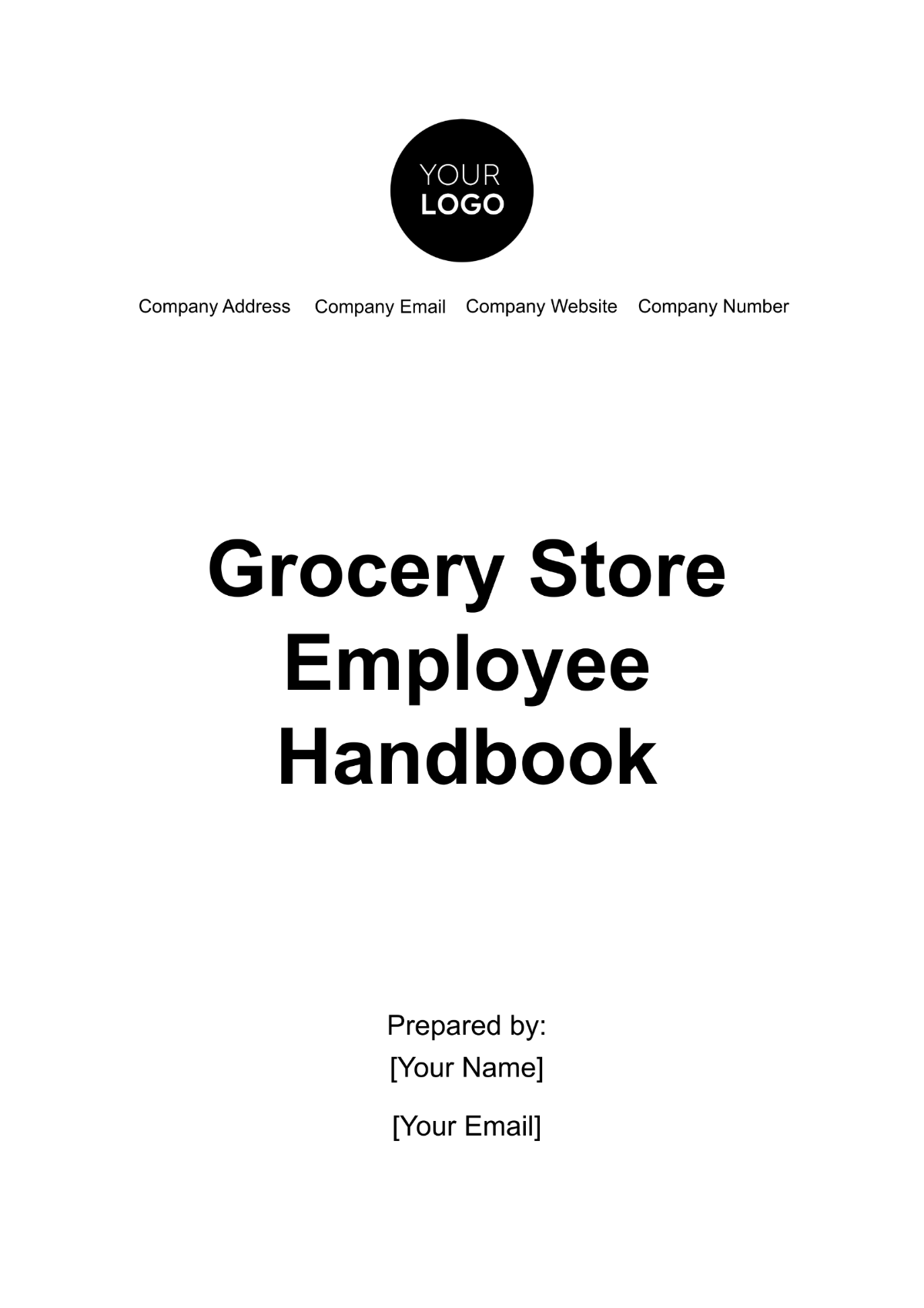Admin Handbook
This handbook has been designed to provide you with all the necessary tools and information to manage your daily tasks effectively within [YOUR COMPANY NAME]. Each role is crucial for the smooth operation of the company, and this handbook will be an important resource for you.
I. Introduction
A. About
At [YOUR COMPANY NAME], we strive to maintain a workplace where teamwork and professionalism are as important as achieving business results. Our aim is to cultivate a work environment that encourages innovation, respect, and long-term professional growth.
B. Purpose
The purpose of this Admin Handbook is to offer a clear understanding of your responsibilities and to outline the administrative procedures of [YOUR COMPANY NAME]. It will serve as a valuable reference tool to guide members through daily operations and handle administrative challenges efficiently.
II. Department Structure and Duties
Position | Responsibilities |
|---|---|
Administration Head | Oversees all administrative functions, sets policies |
Administrative Assistants | Provide support to various departments |
Receptionists | Manage front desk, handle calls and visitors |
Office Managers | Supervise office operations and staff |
A. Administration Head
Develop and implement administrative policies and procedures.
Coordinate with other department heads.
Provide leadership and guidance to the administrative team.
B. Administrative Assistants
Manage calendars and appointments.
Handle correspondence and communication.
Assist with data entry and record keeping.
C. Receptionists
Greet visitors and direct them appropriately.
Answer phone calls and respond to inquiries.
Maintain a tidy and organized reception area.
D. Office Managers
Oversee office supplies and inventory.
Supervise administrative staff.
Ensure smooth operation of office equipment.
III. Company Policies
Understanding and adhering to company policies is crucial for maintaining the professionalism and integrity of [YOUR COMPANY NAME]. This section covers various policies related to workplace behavior, confidentiality agreements, and employee benefits. It is imperative that you familiarize yourself with these guidelines to ensure compliance and promote a healthy work atmosphere.
A. Code of Conduct
The Code of Conduct section provides guidelines on the professional behavior expected of each individual. This pertains to mutual respect, adherence to laws and policies, and a commitment to maintaining a safe and positive workplace environment.
B. Confidentiality and Data Protection
Admin officials are often privy to confidential information. It is crucial that all handle this information with utmost security and discretion. Any breach of confidentiality could have serious legal consequences.
IV. Communication Protocols
Effective communication is essential for the success of our team and company. To ensure clarity, efficiency, and professionalism in our communications, the following protocols are to be observed:
Emails: Use professional language and proper formatting in all email communications. Include a clear and descriptive subject line, address recipients respectfully, and proofread your messages before sending them. Respond to emails promptly, even if it's just to acknowledge receipt and indicate when a full response can be expected.
Meetings: Prepare for meetings in advance by reviewing the agenda and any relevant materials. Arrive on time, actively participate in discussions, and respect others' opinions and perspectives. Take notes during meetings to capture key points and action items, and follow up as needed afterward.
Phone Calls: Answer phone calls promptly and professionally, identifying yourself and the company when answering. Speak clearly and courteously, and listen actively to the caller's inquiries or concerns. If you are unable to assist the caller directly, transfer the call to the appropriate person or department and provide clear instructions if necessary.
Interdepartmental Communication: Collaborate effectively with colleagues from other departments by sharing information, seeking input when needed, and providing timely updates on relevant projects or tasks. Use appropriate channels of communication, such as email, phone, or instant messaging, based on the nature and urgency of the communication.
V. Policies and Procedures
Dress Code Policy: All employees are expected to dress professionally and adhere to the company's dress code guidelines. This includes wearing clean and appropriate attire that reflects positively on the company and its values.
Attendance and Punctuality Policy: Regular attendance and punctuality are essential for the smooth operation of our company. Employees are expected to arrive on time for their scheduled shifts or meetings and notify their supervisor promptly if they are unable to do so due to illness or other unforeseen circumstances.
Confidentiality Policy: Protecting sensitive and confidential information is of utmost importance. Employees must exercise discretion and maintain the confidentiality of company-related information, customer data, and proprietary materials at all times, both during and after their employment.
Data Security Policy: Safeguarding our company's data and information assets is critical to our success. Employees are required to follow established protocols for data security, including password protection, encryption, and secure file sharing practices. Any suspected breaches or security incidents must be reported immediately to the IT department or management.
VI. Revision History
Version | Description | Date | Revised By |
|---|---|---|---|
1.0 | Initial Release | [Date] | [Your Name] |
1.1 | Updated Policies | [Date] | [Your Name] |
1.2 | Additional Sections | [Date] | [Your Name] |
